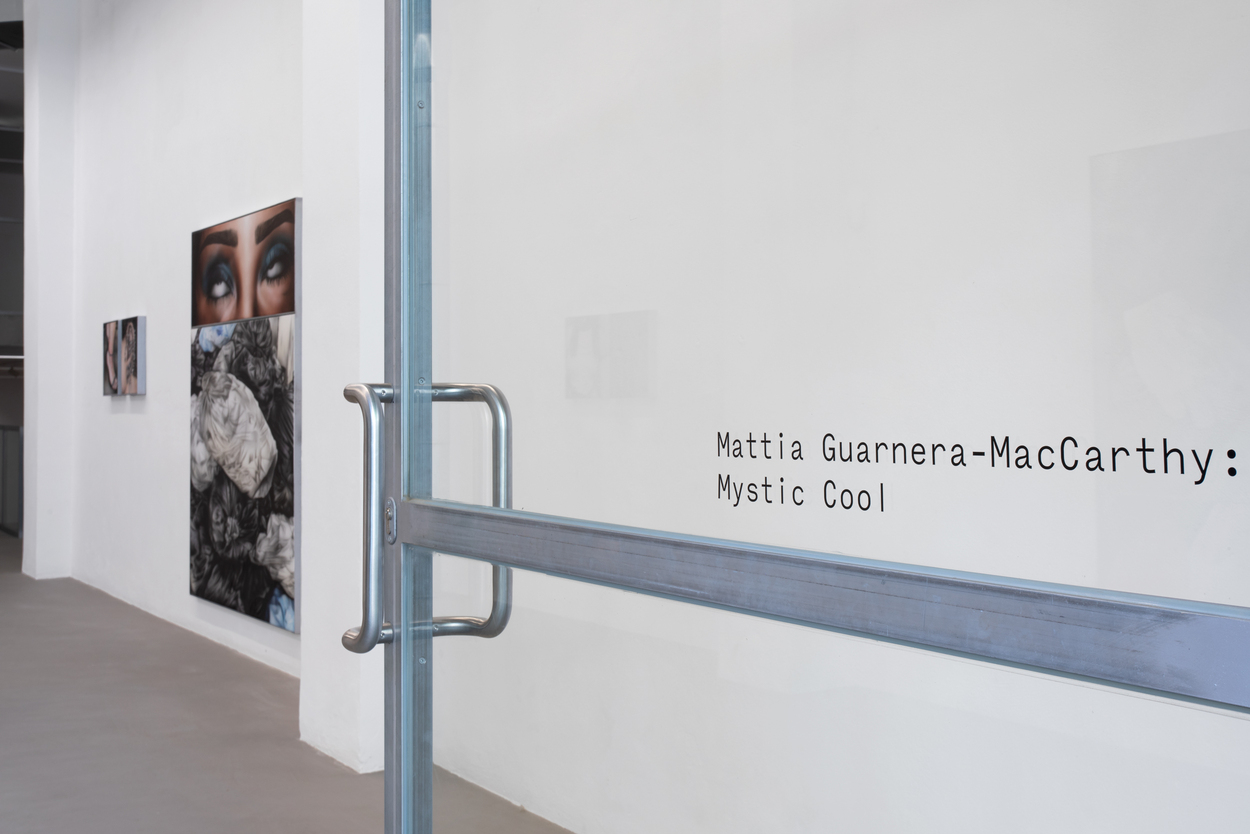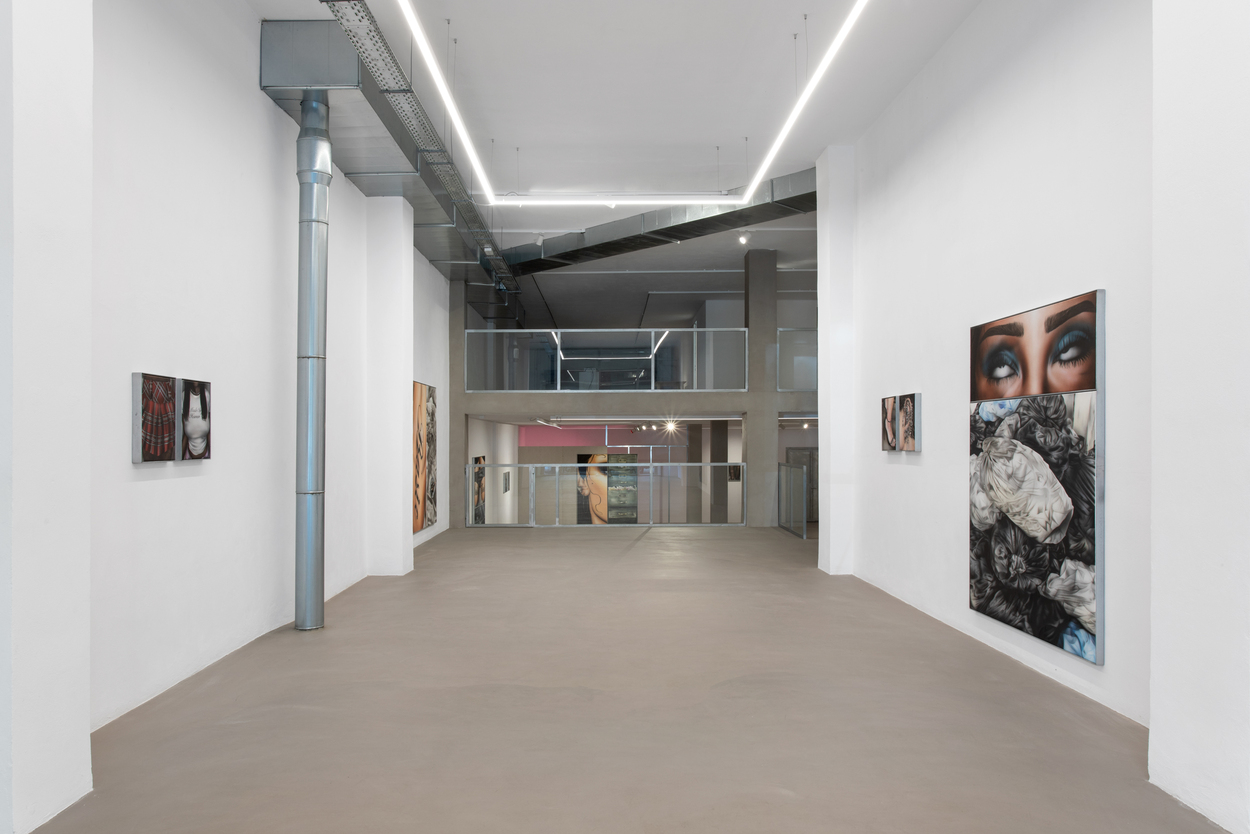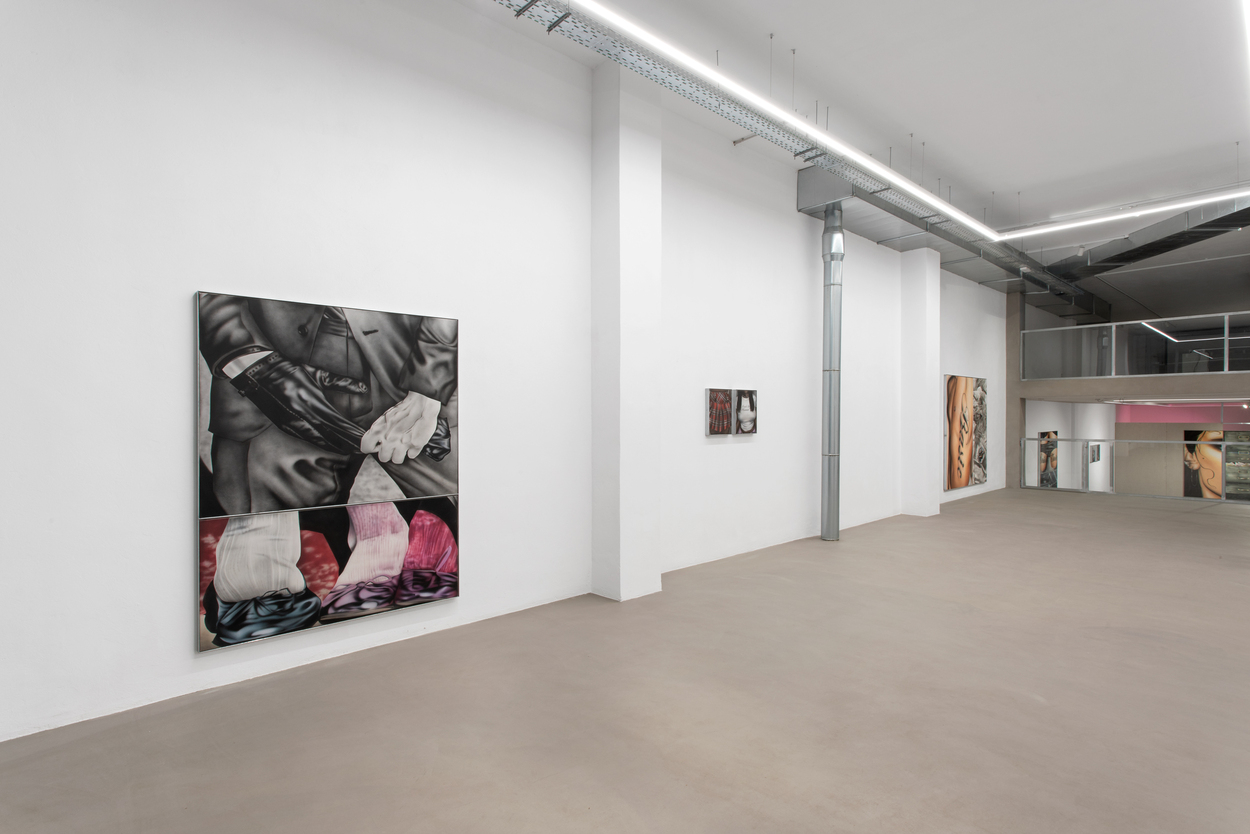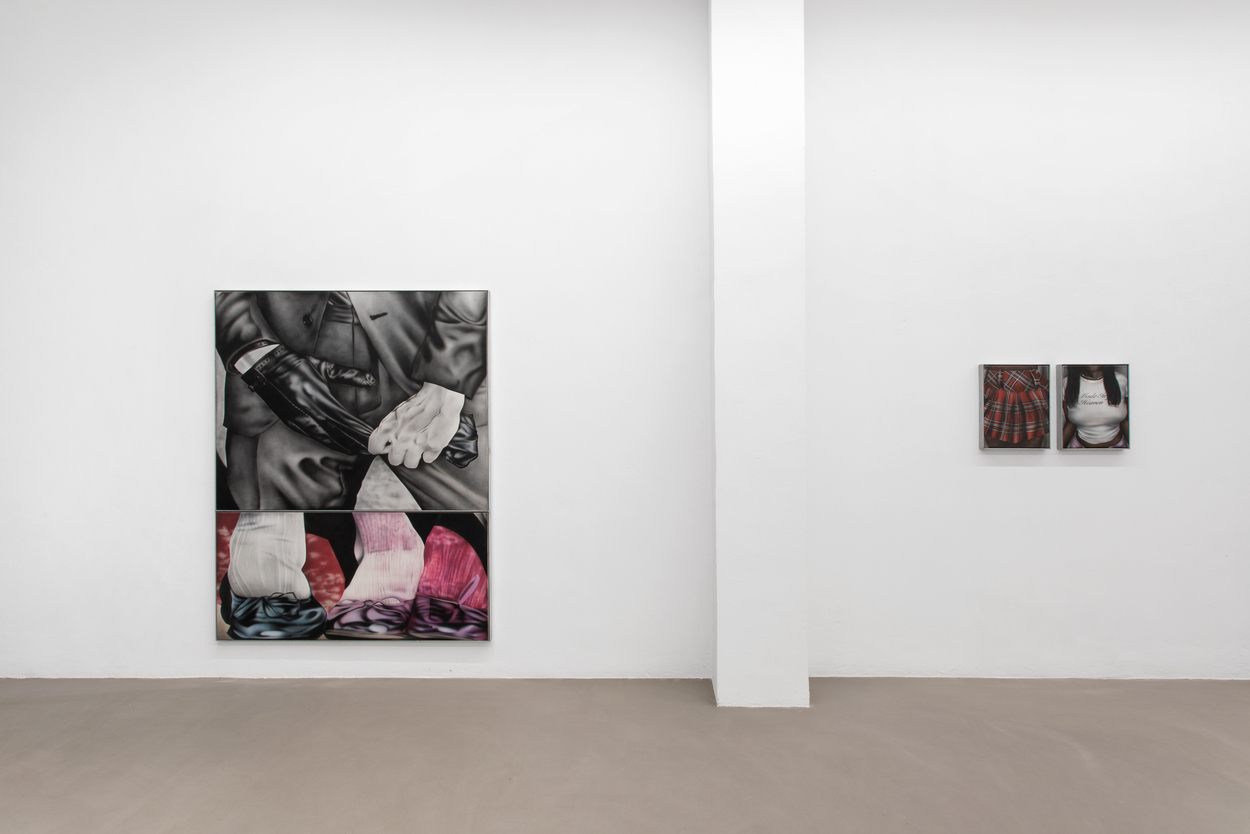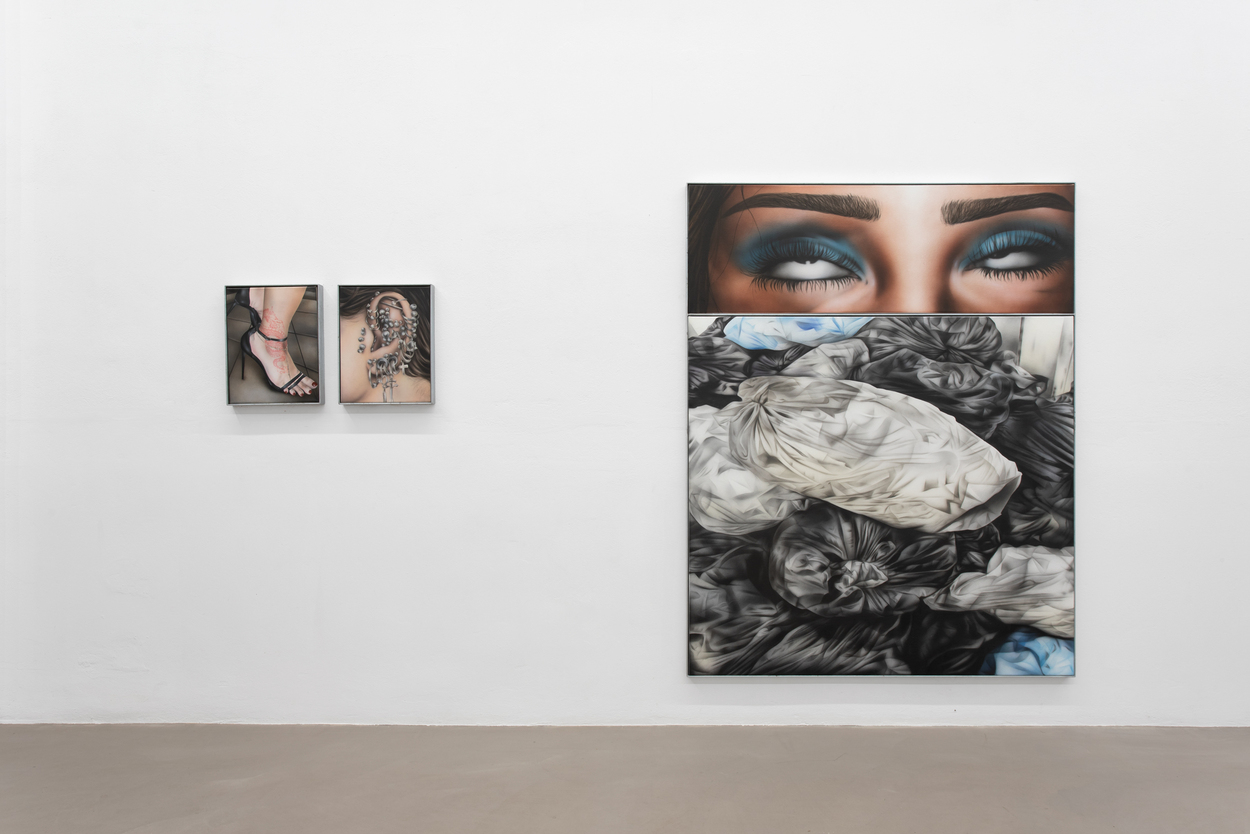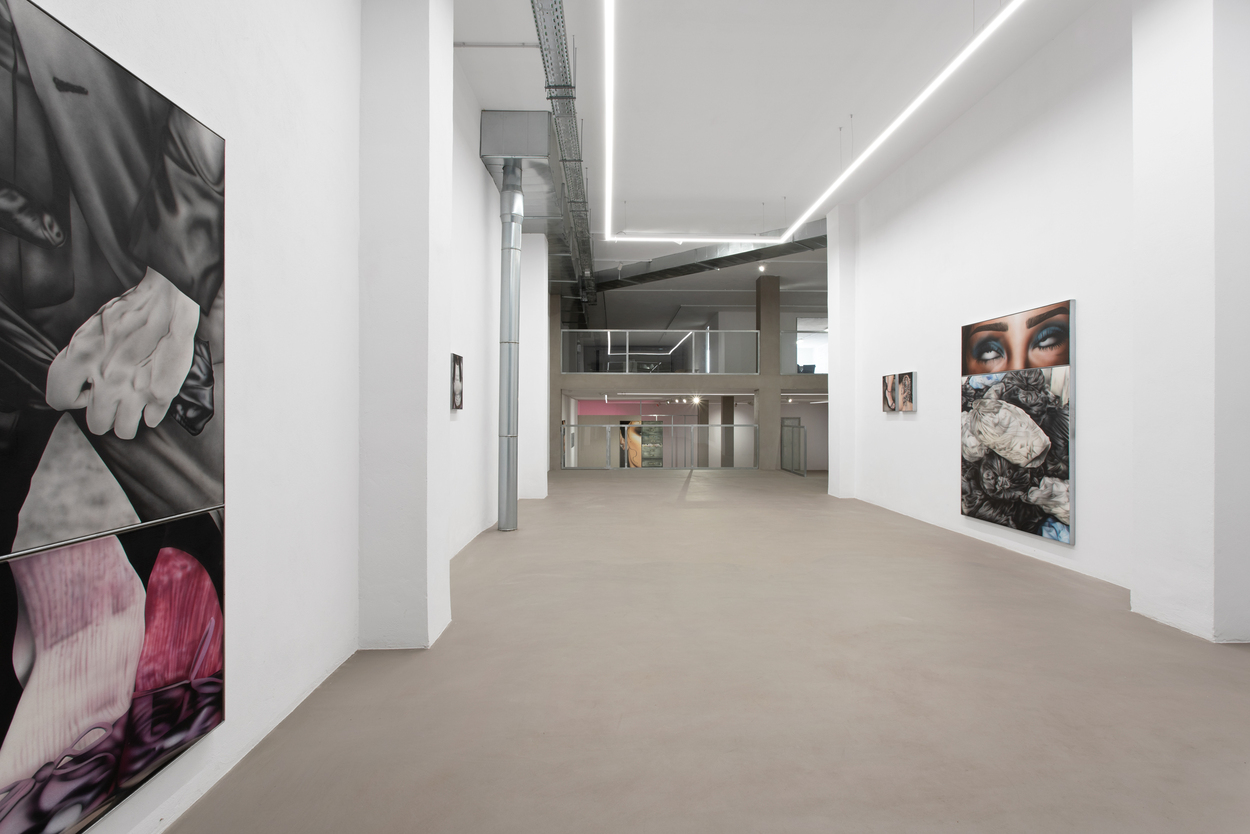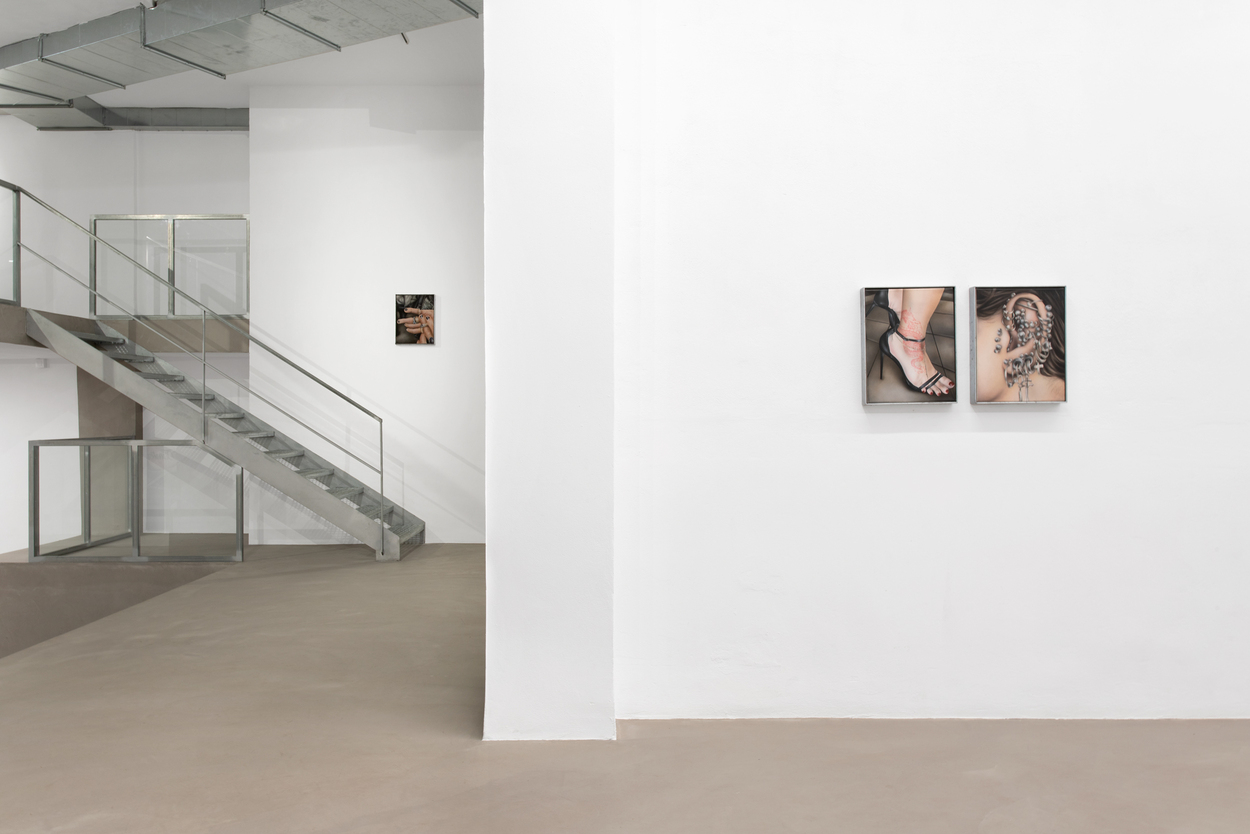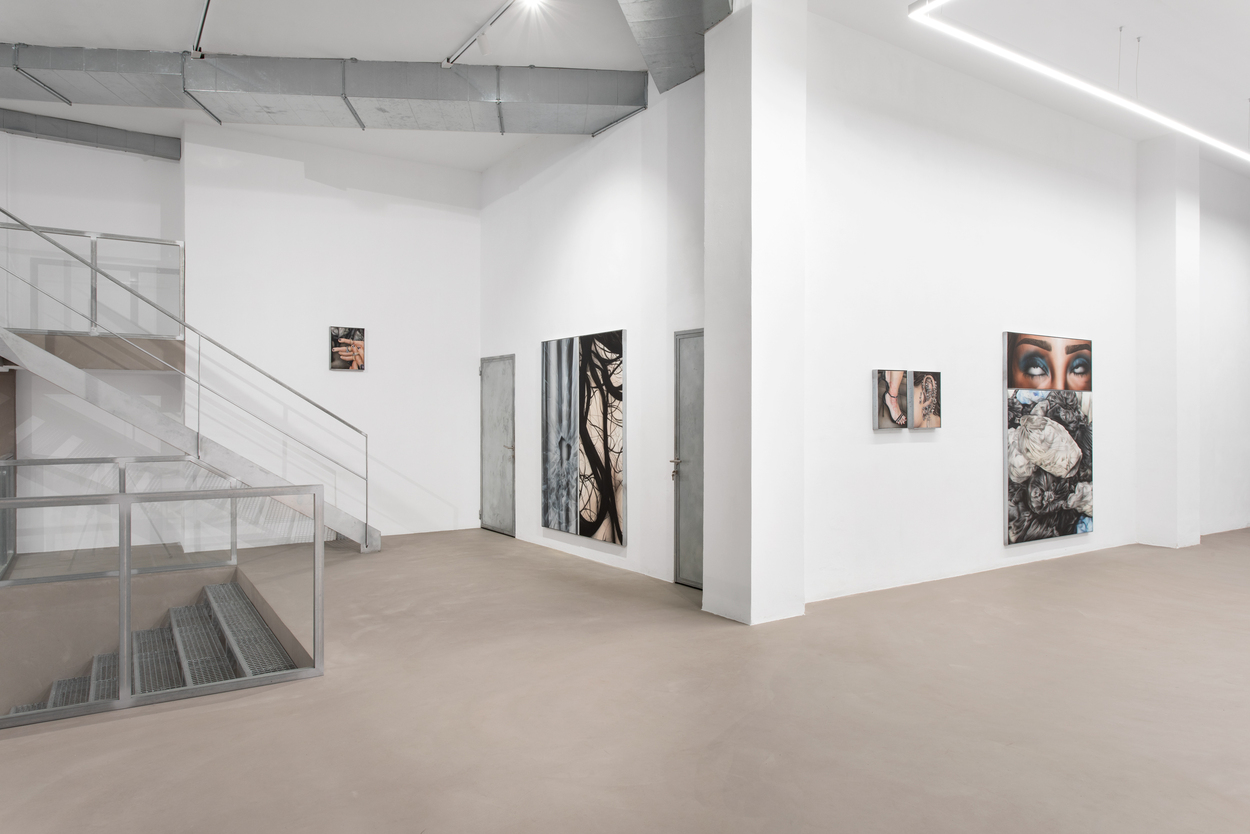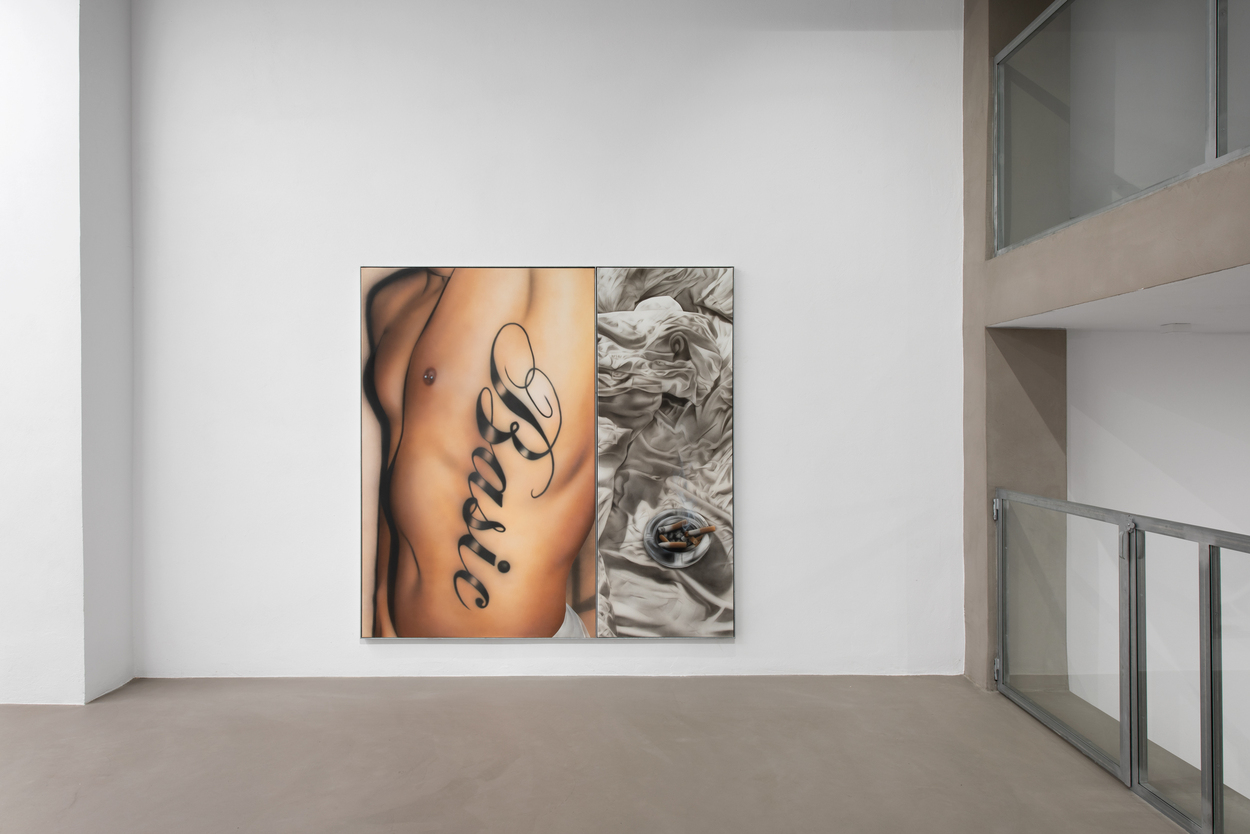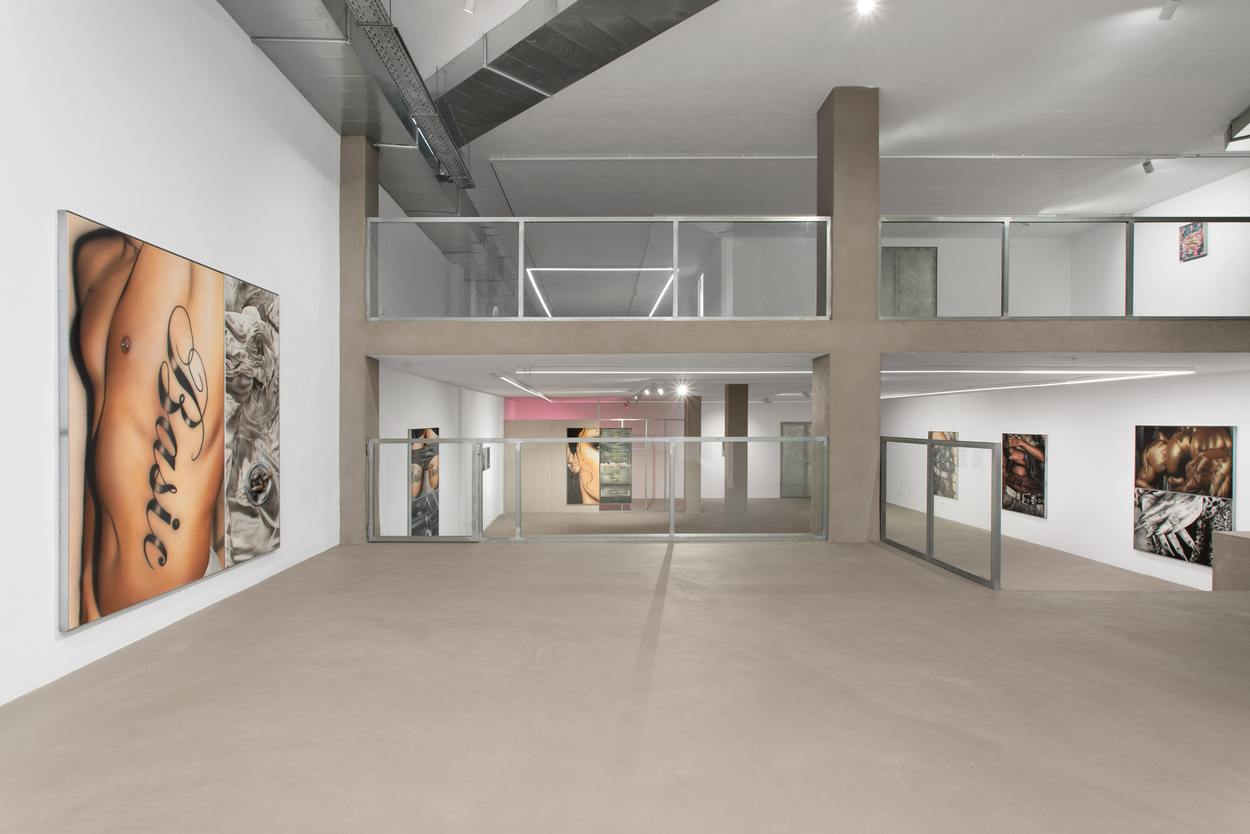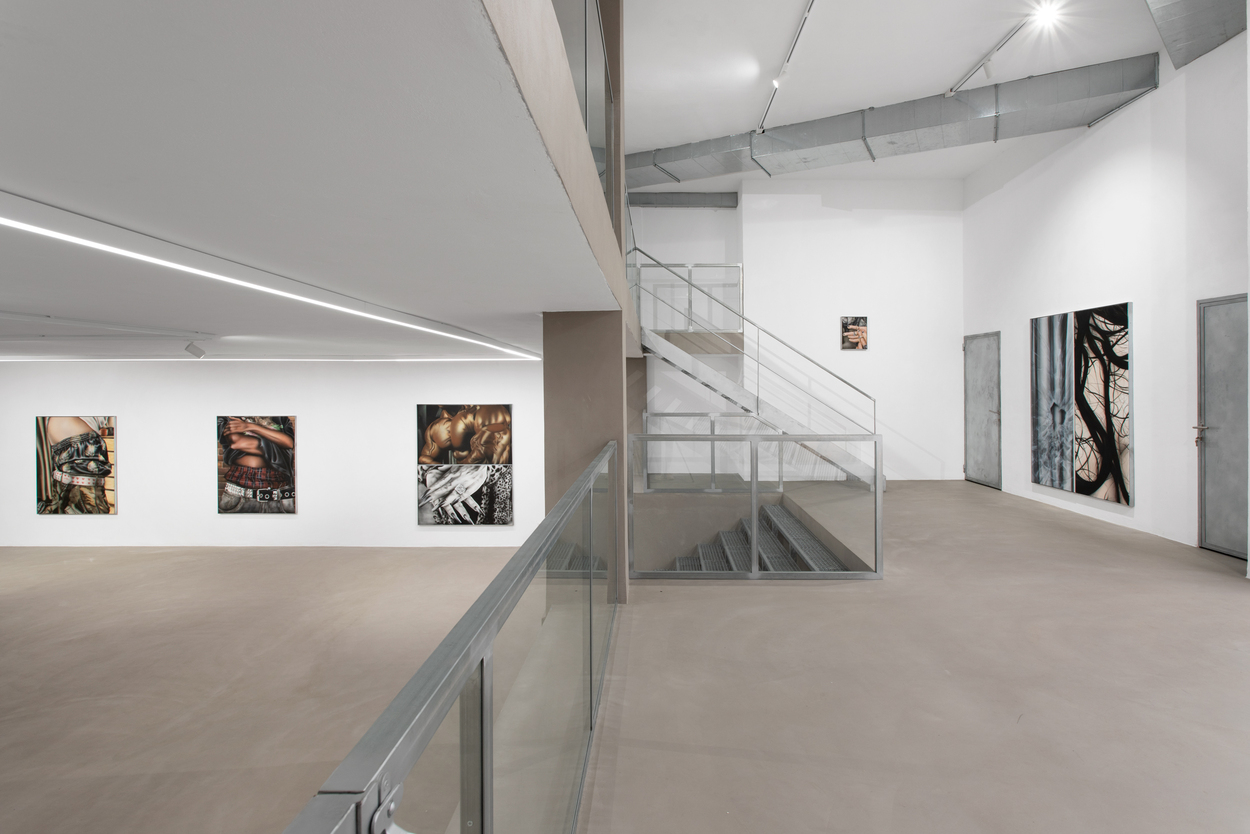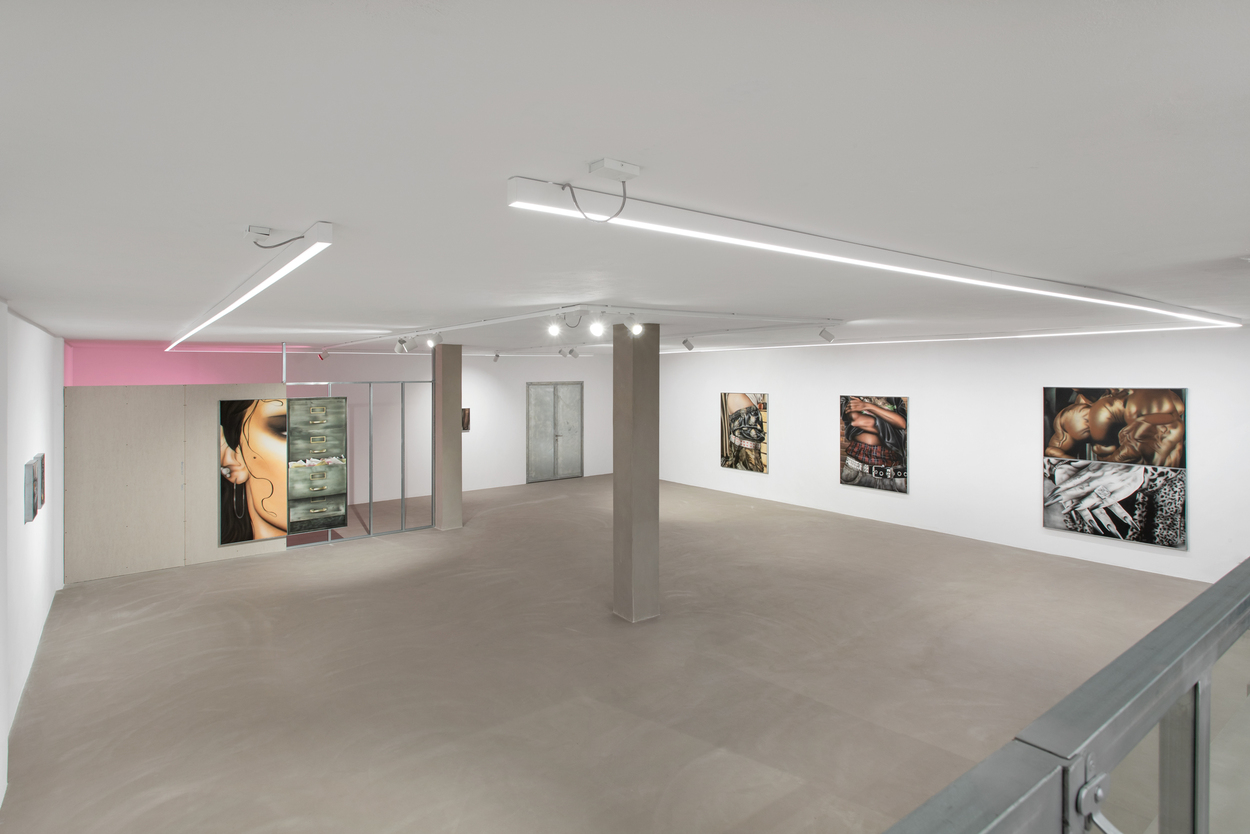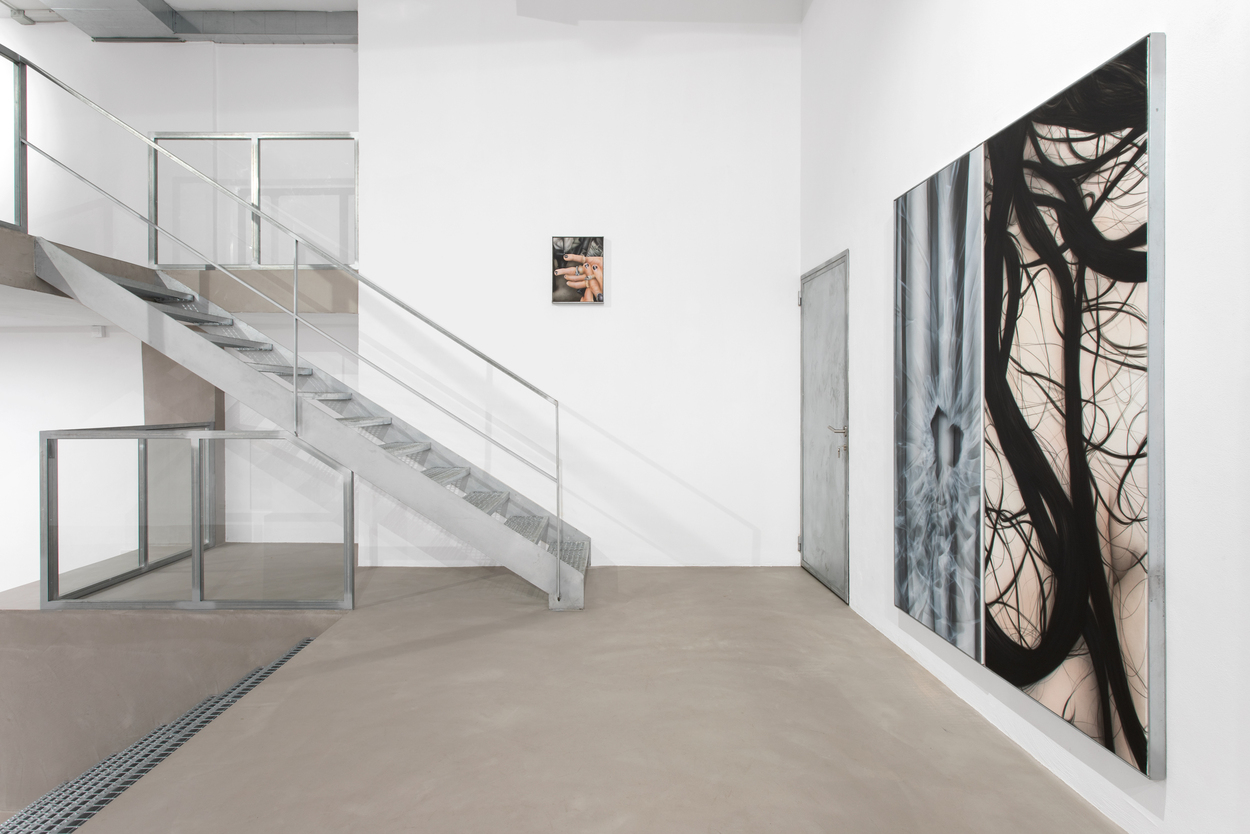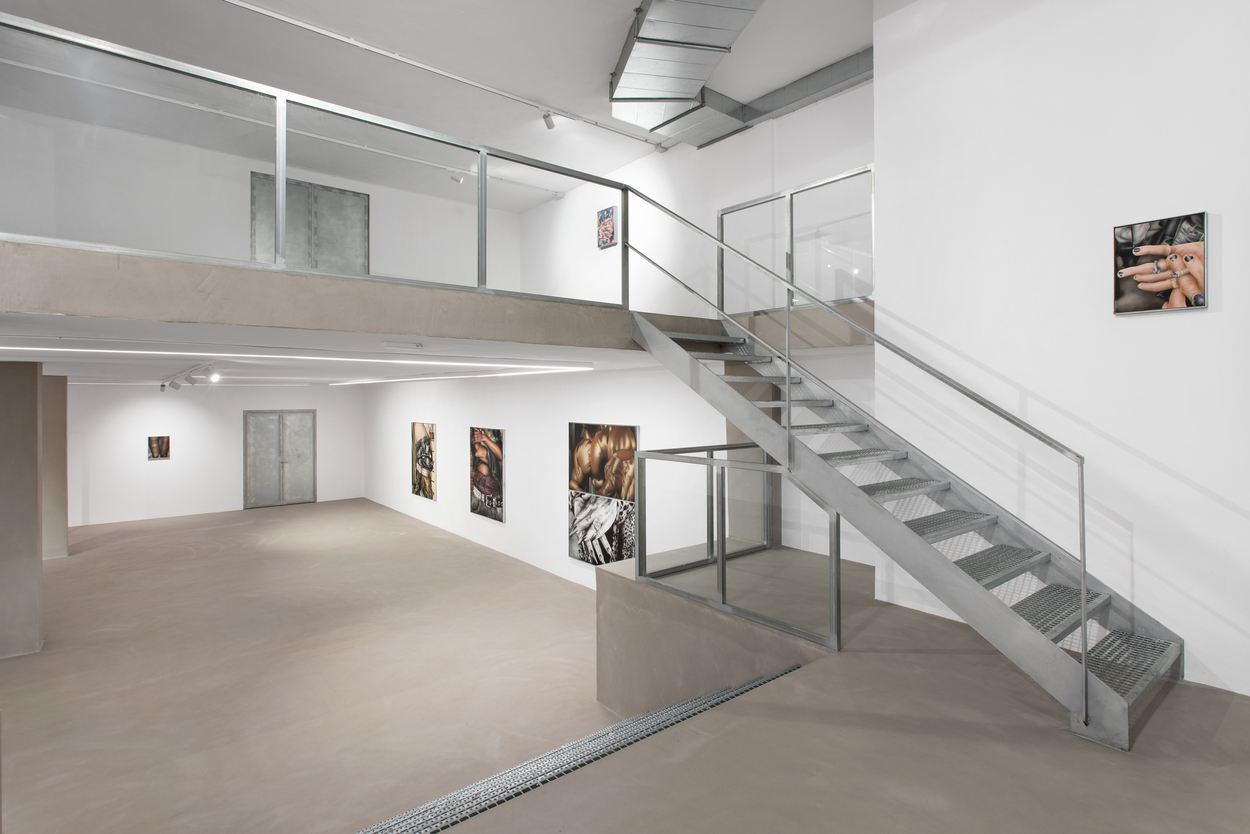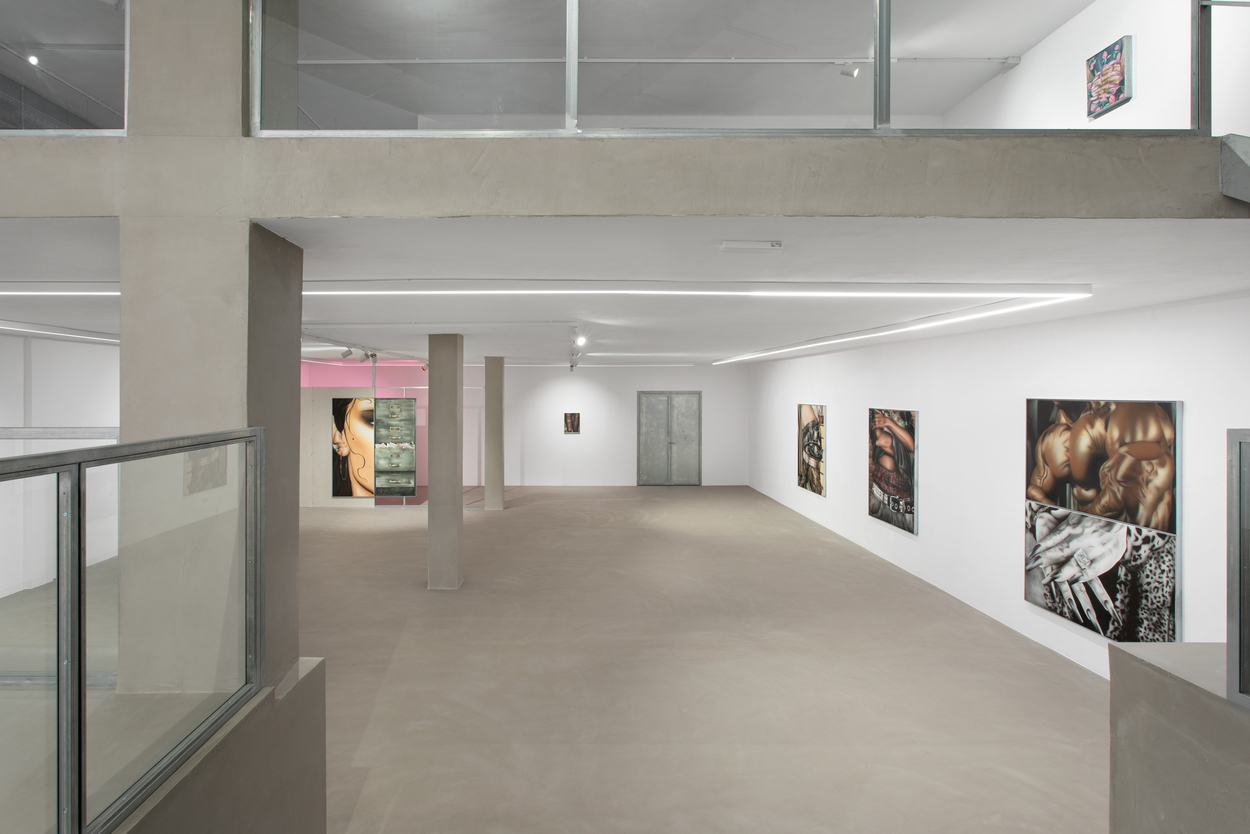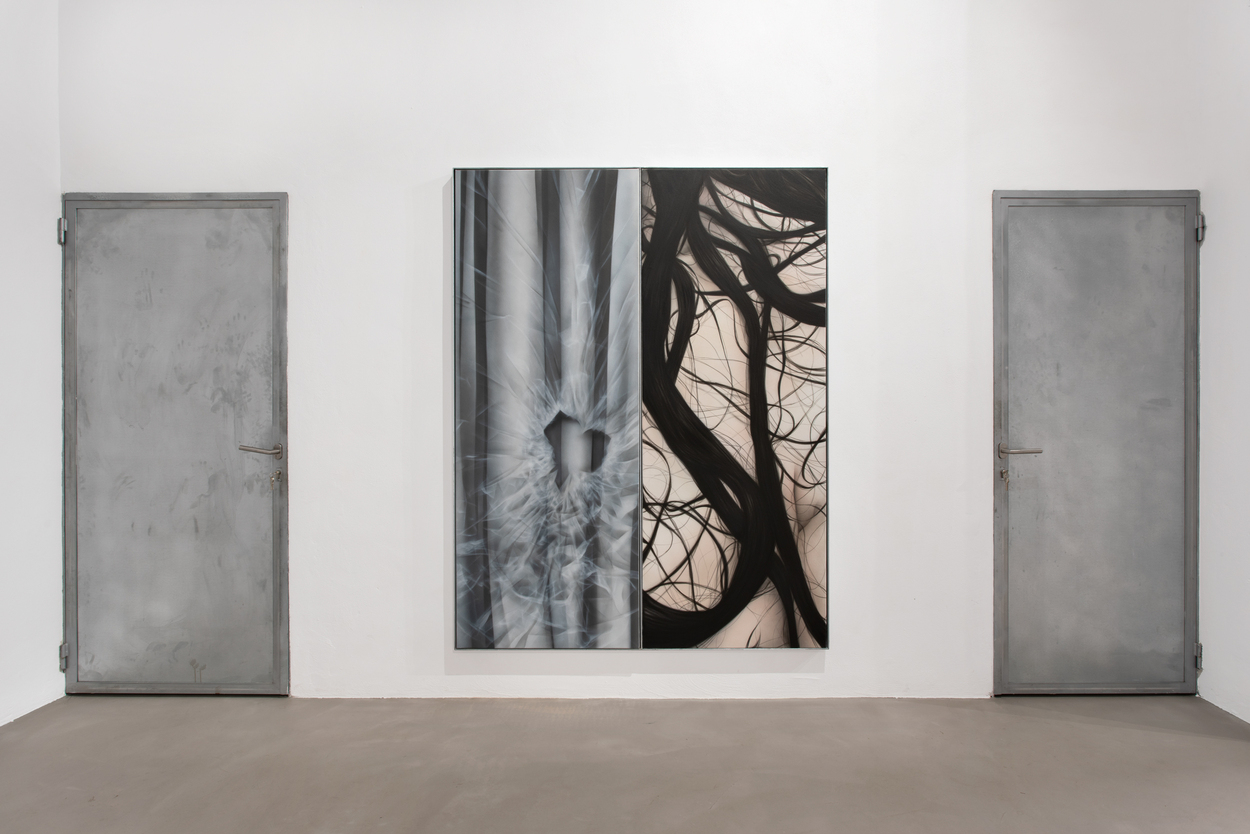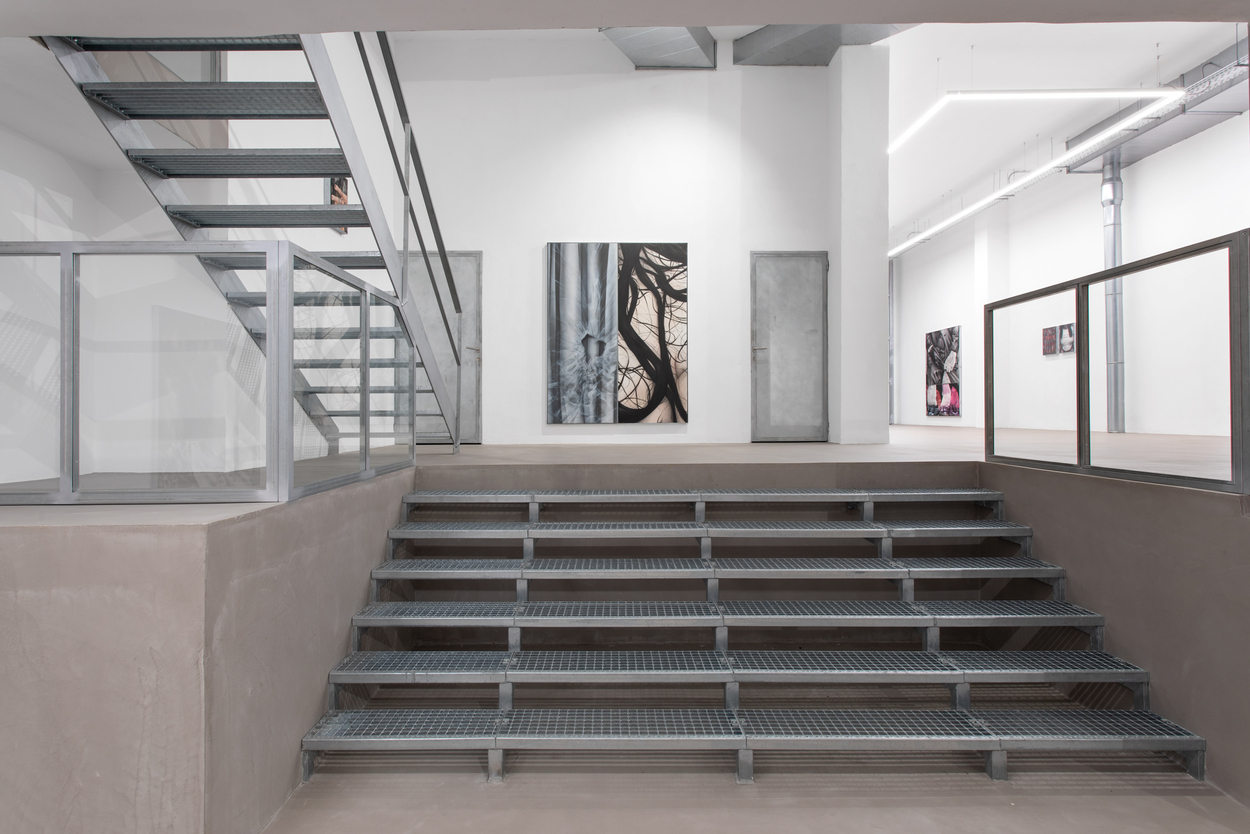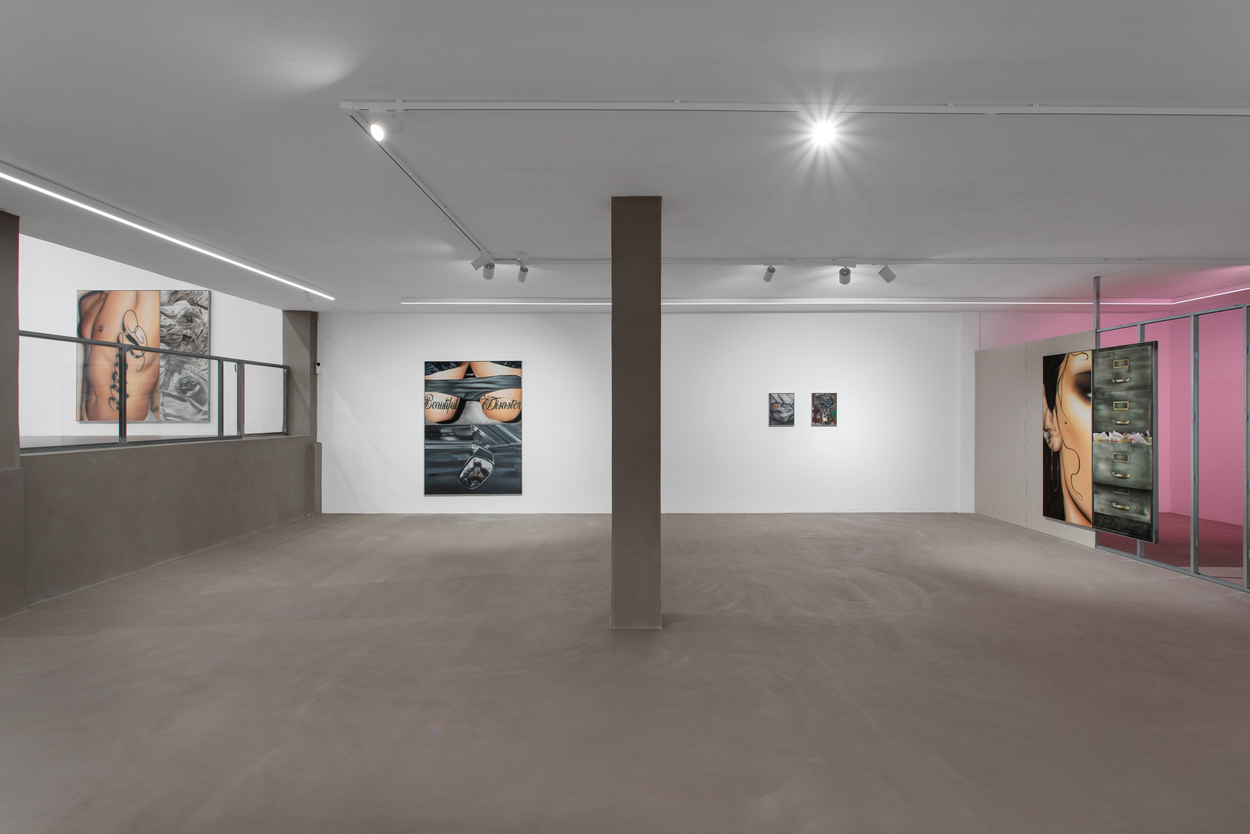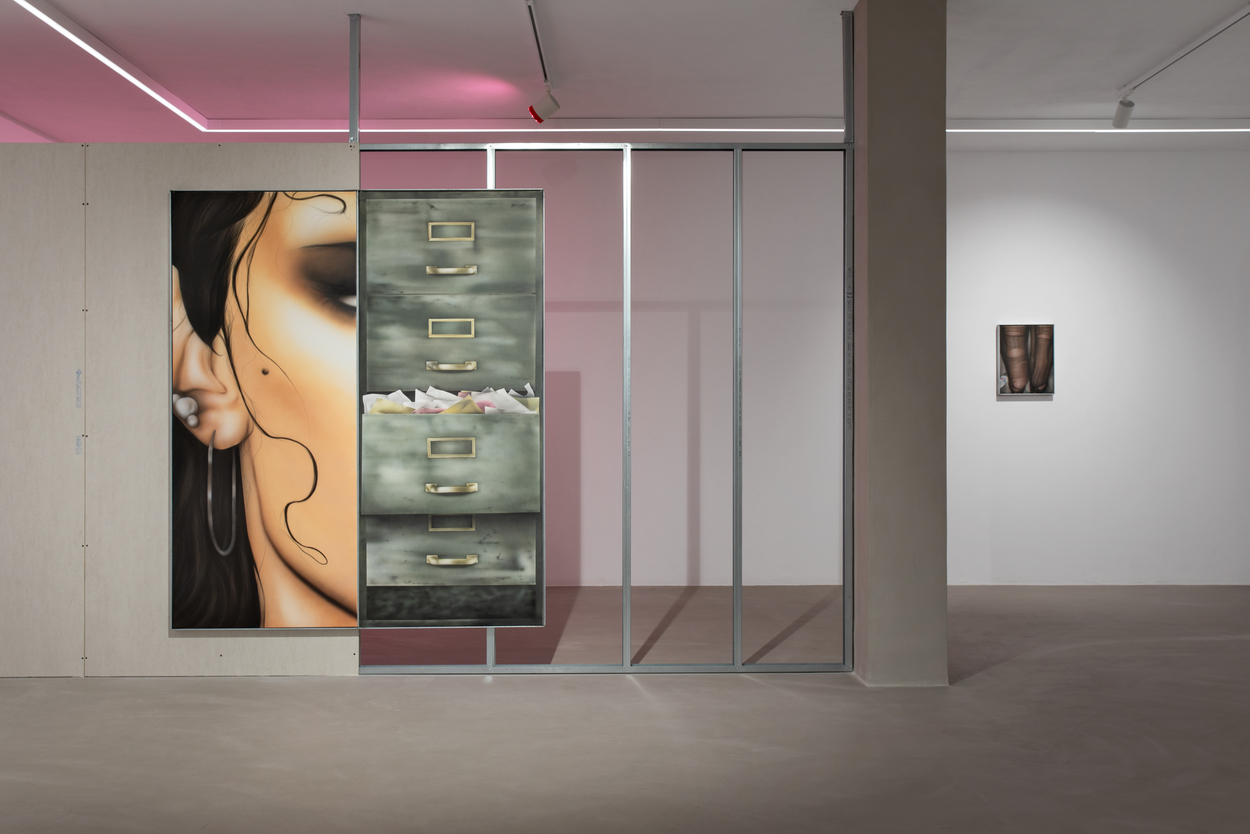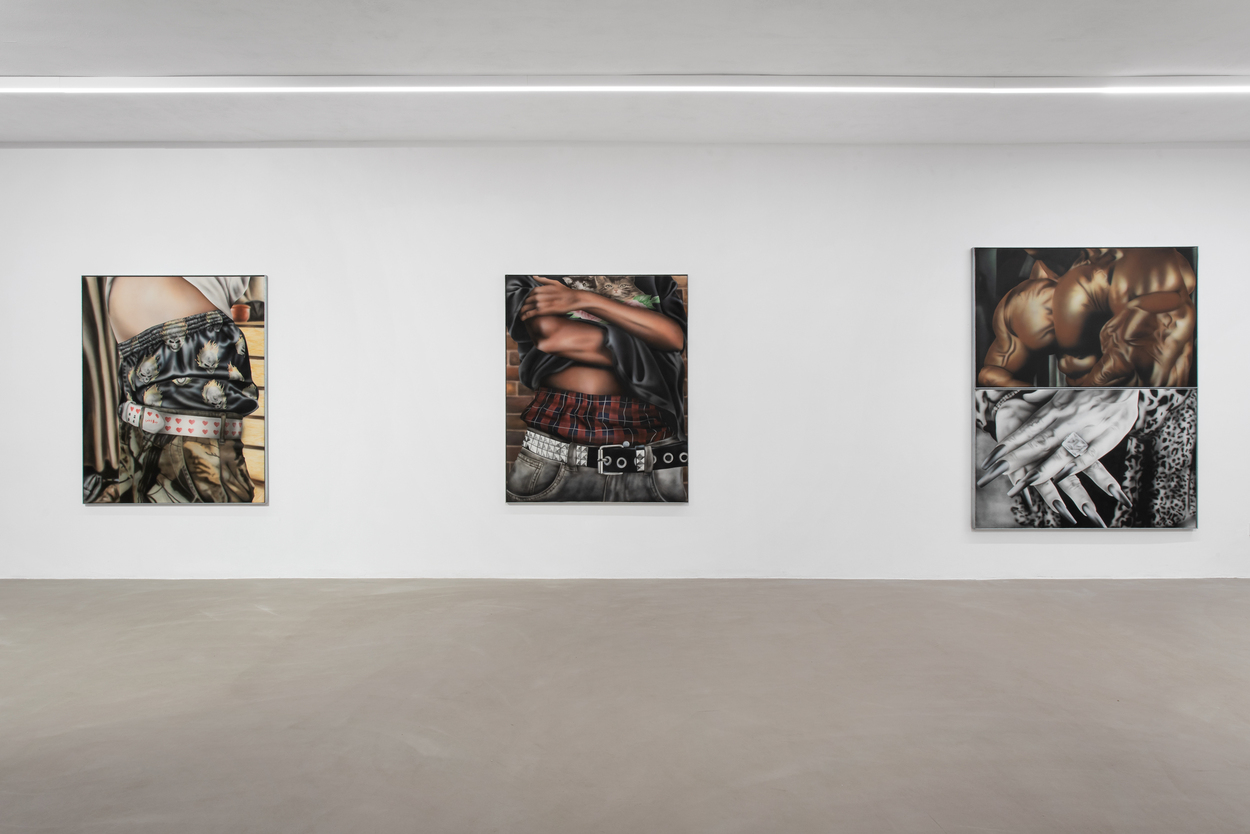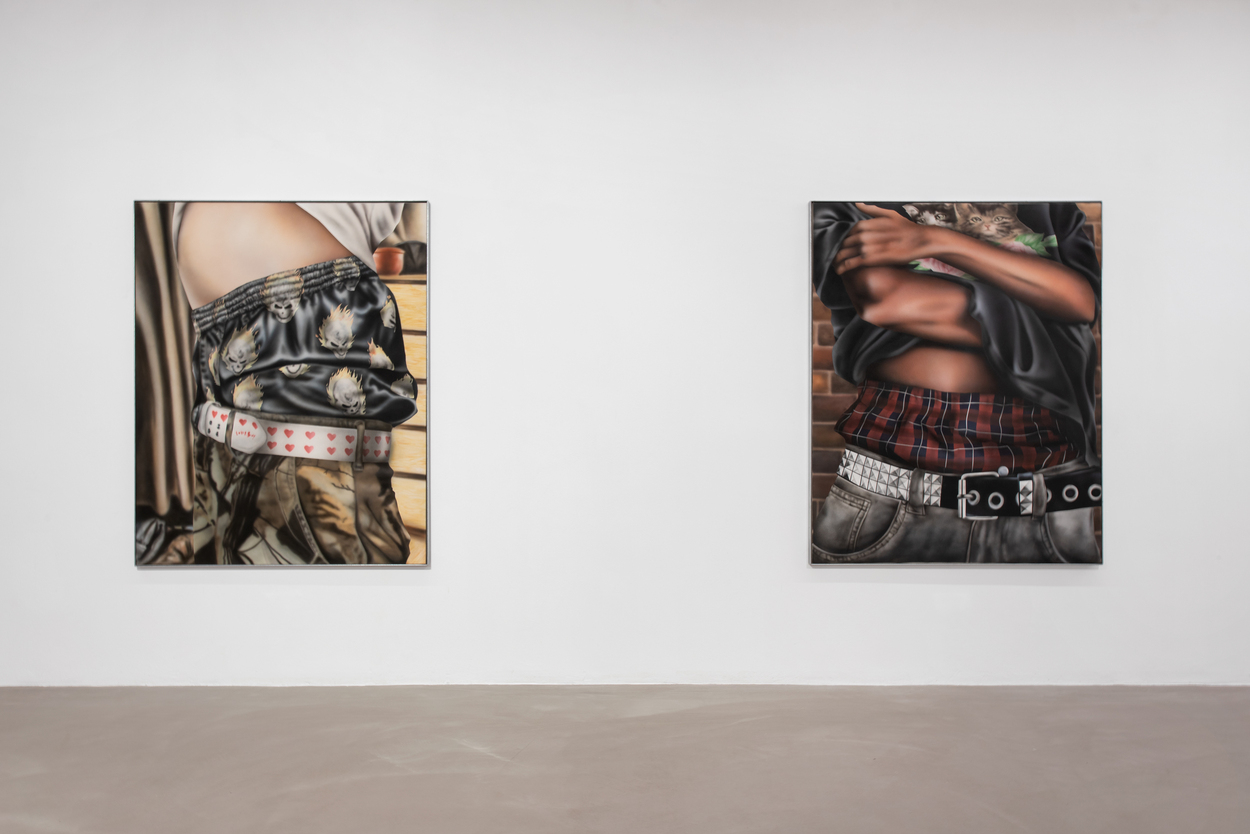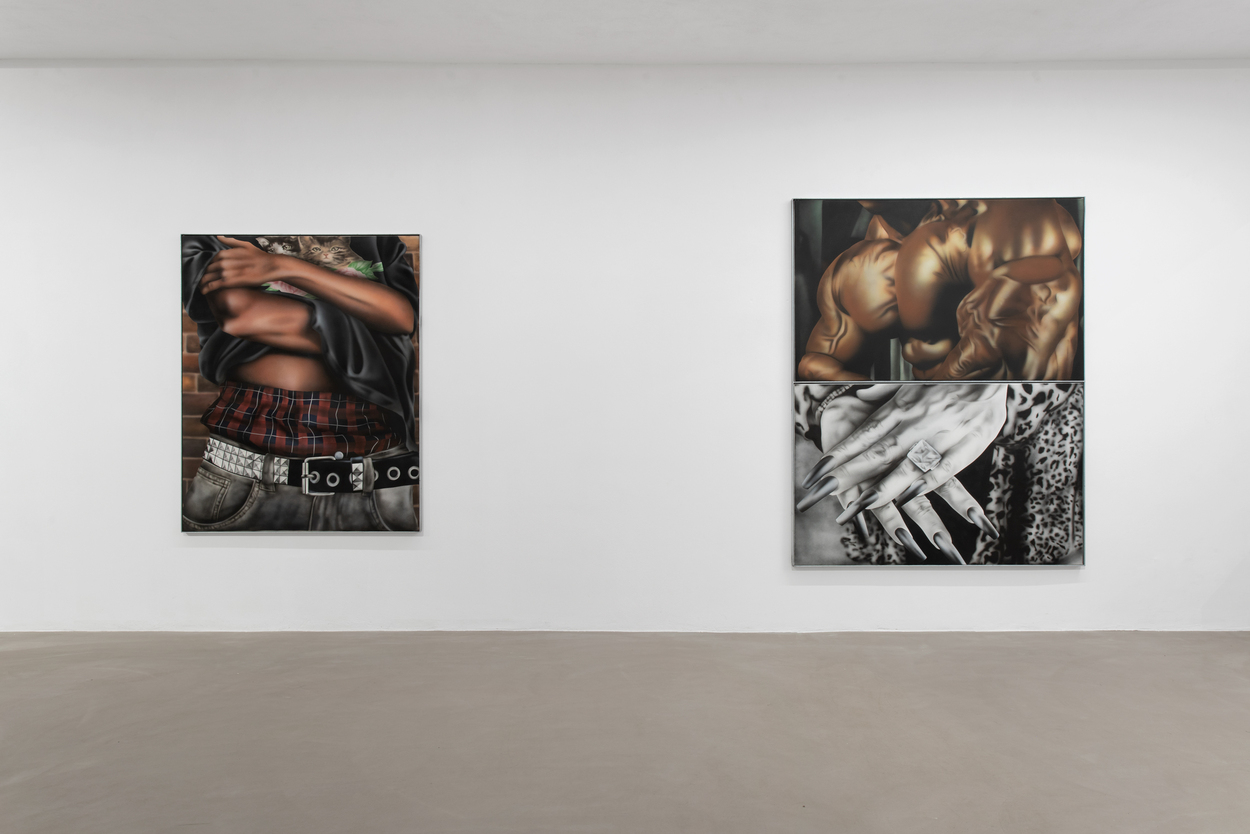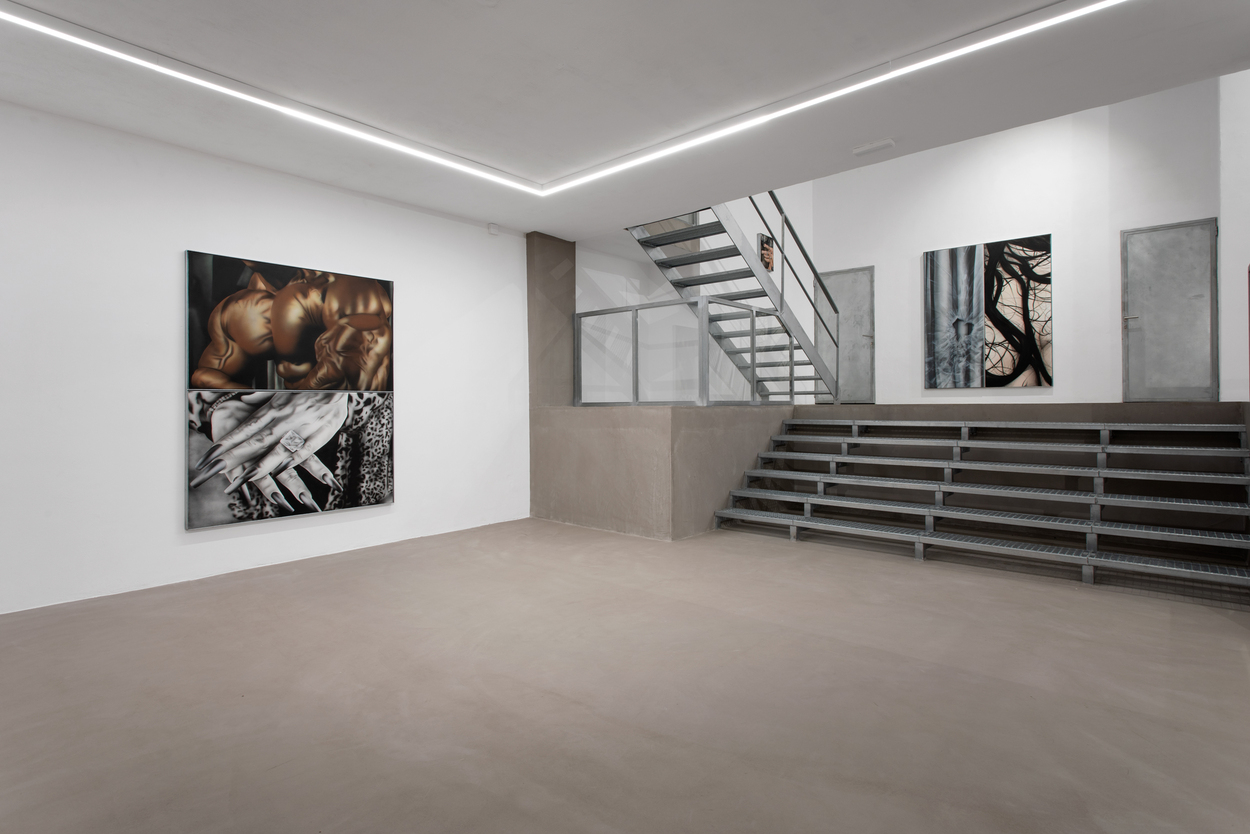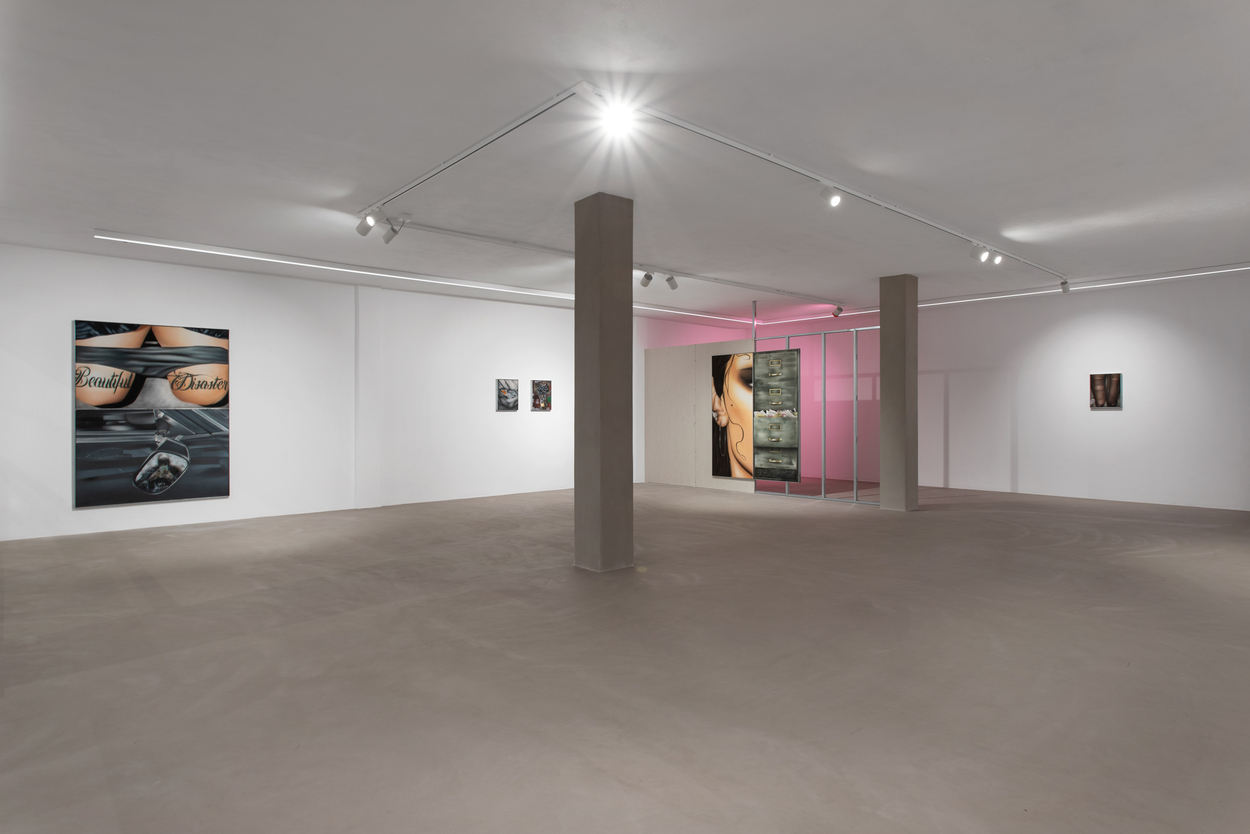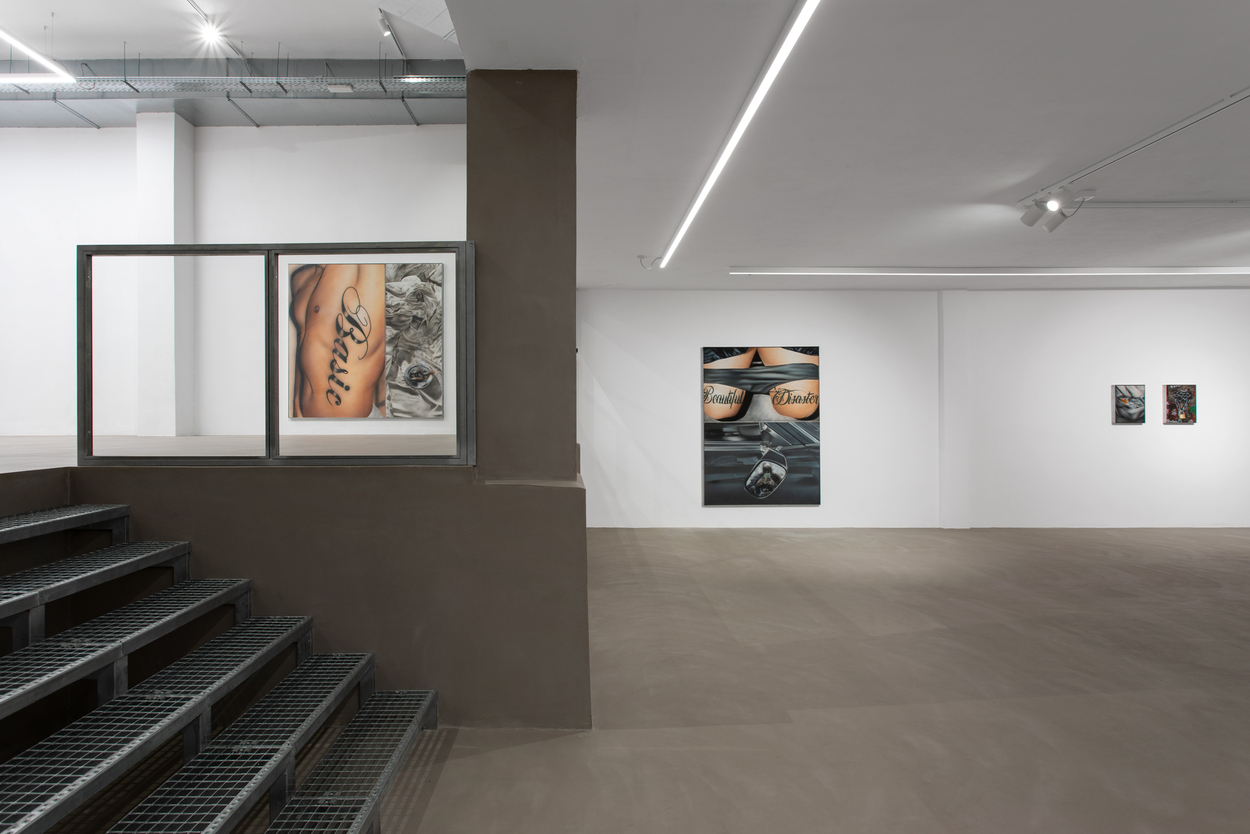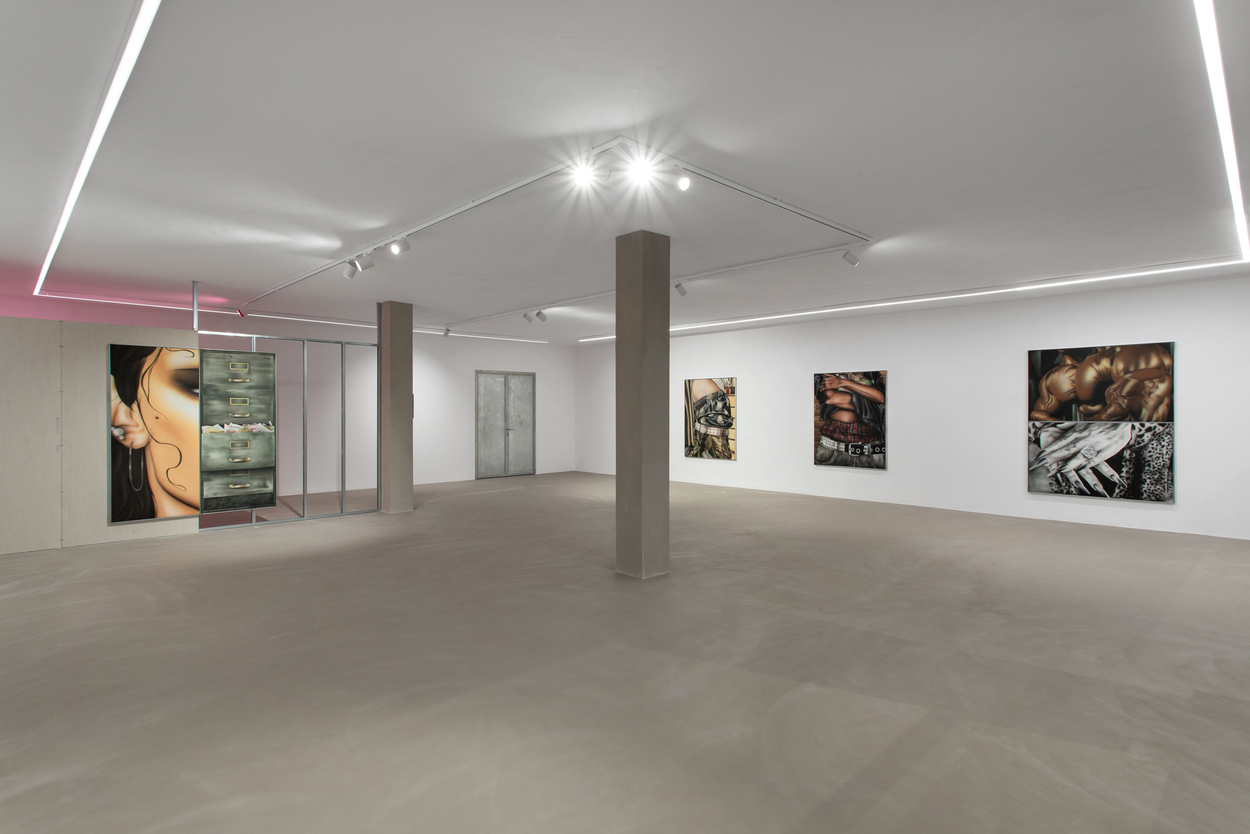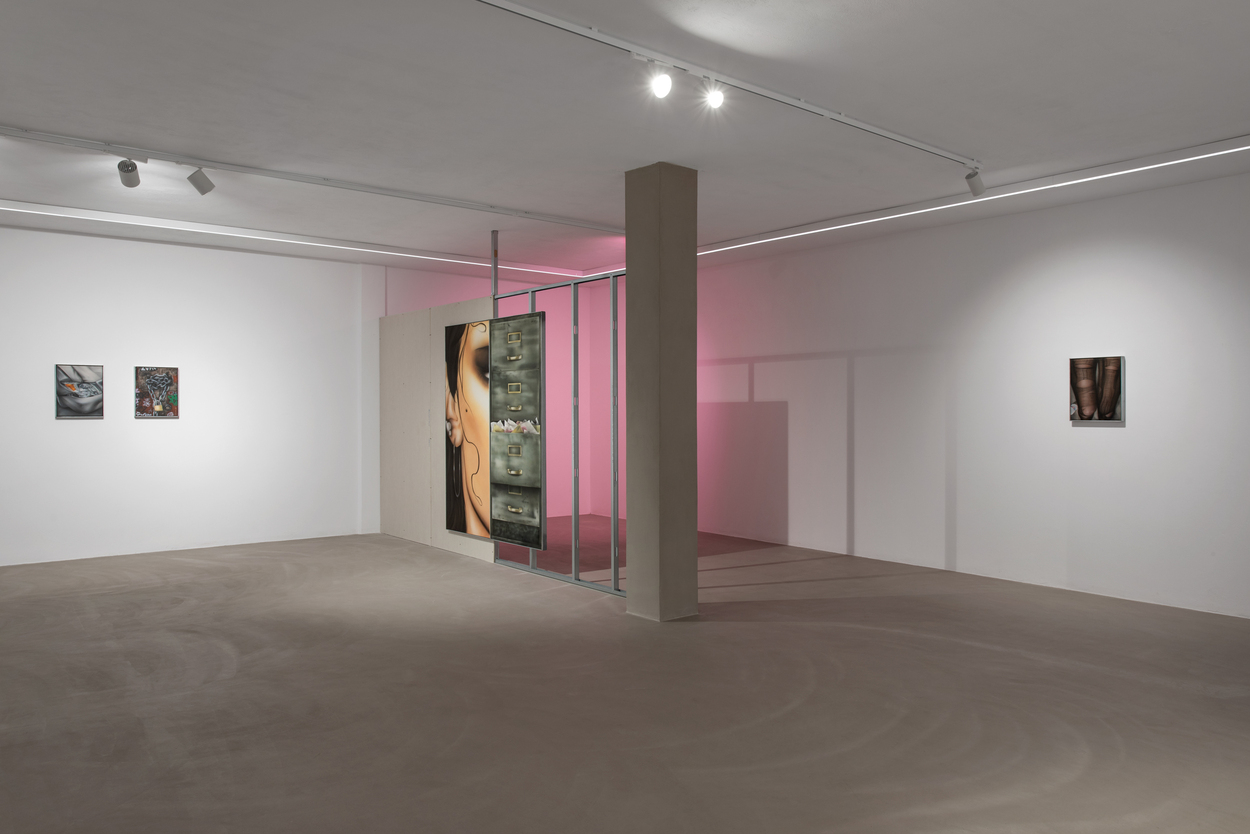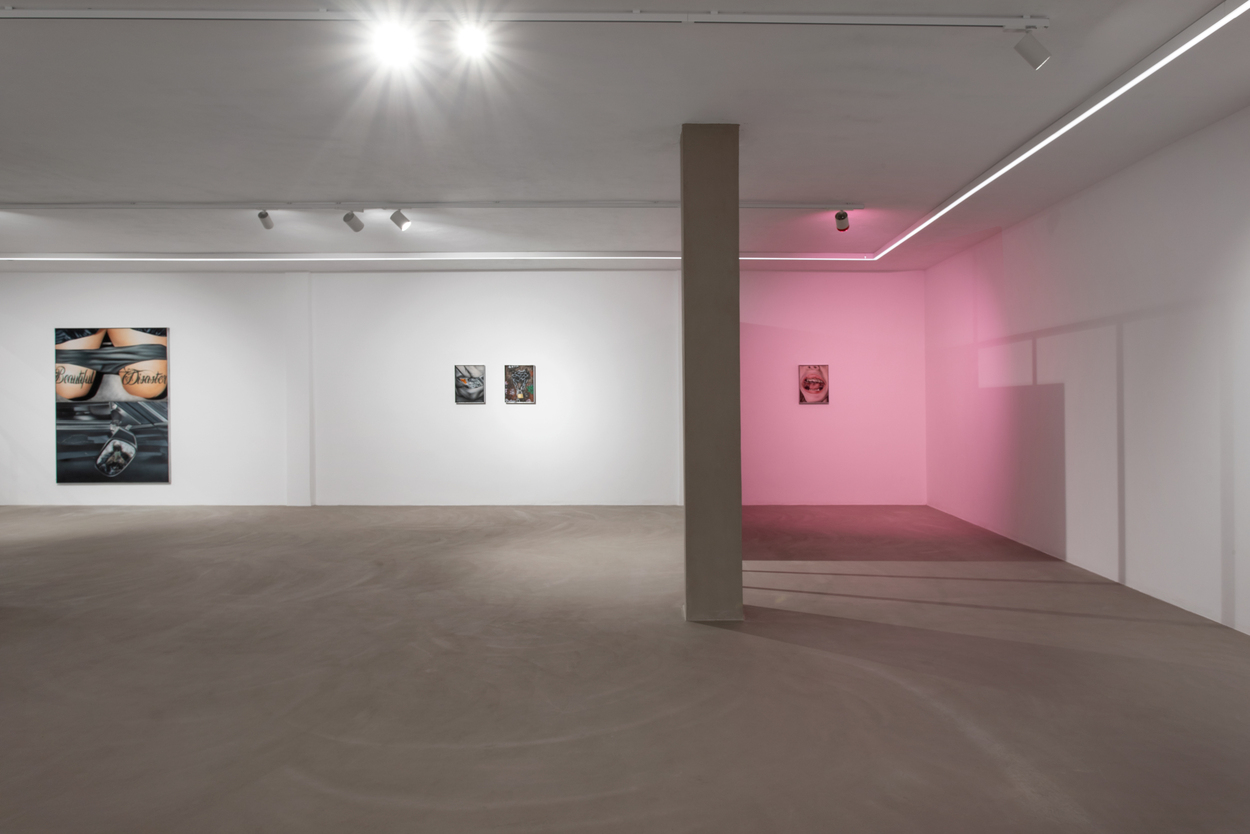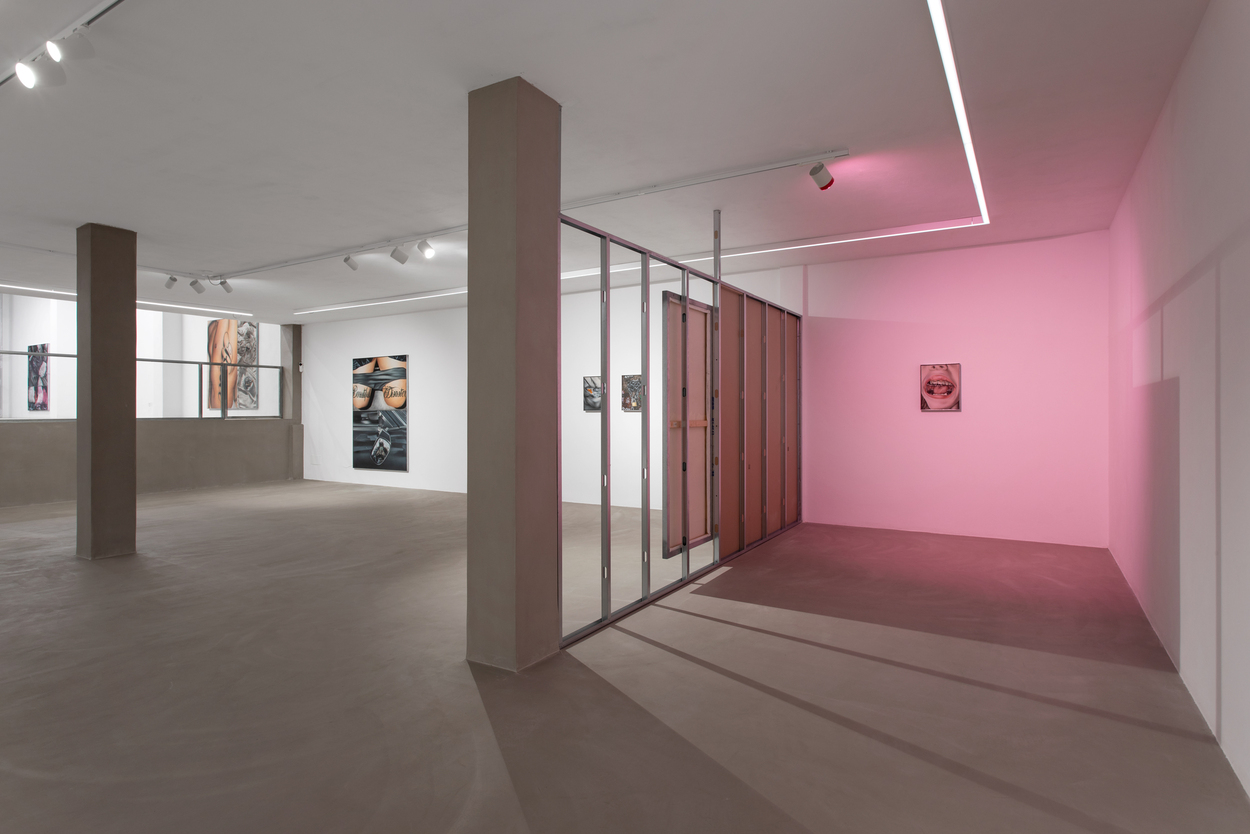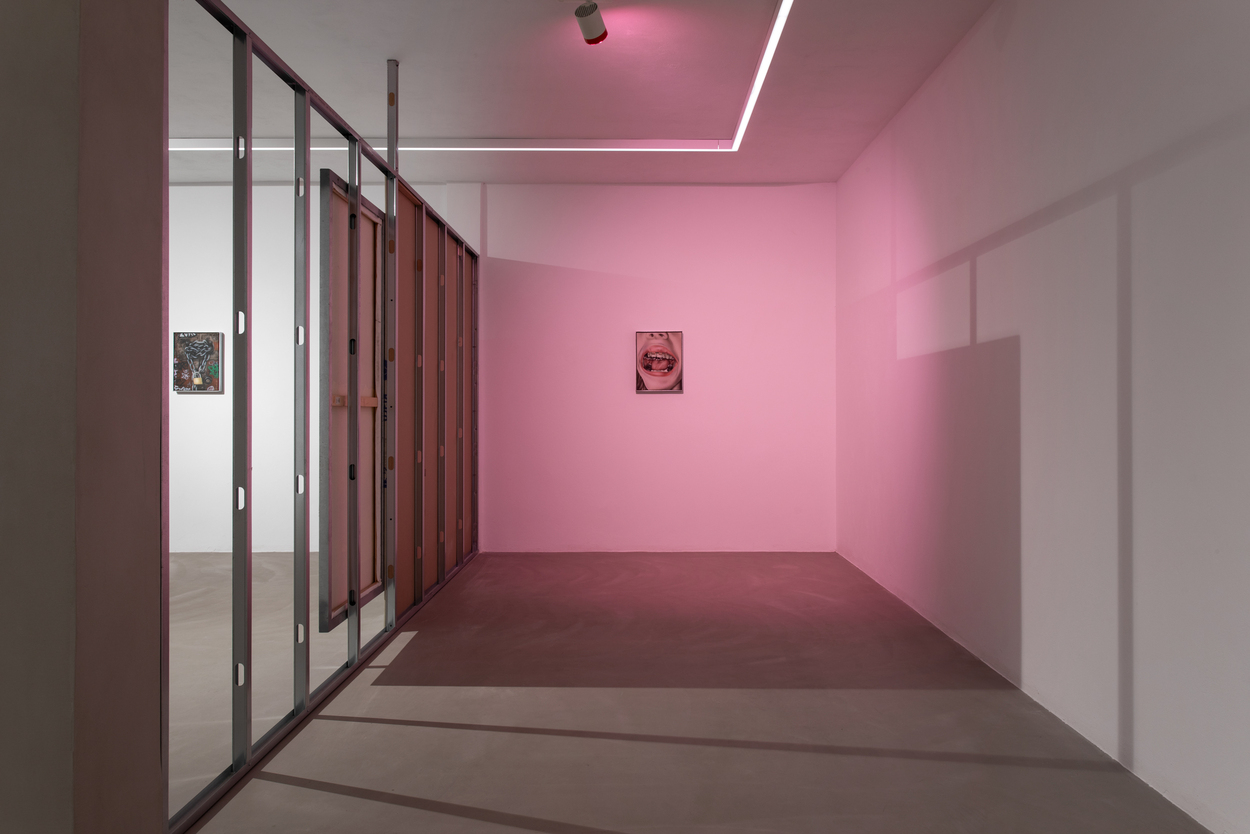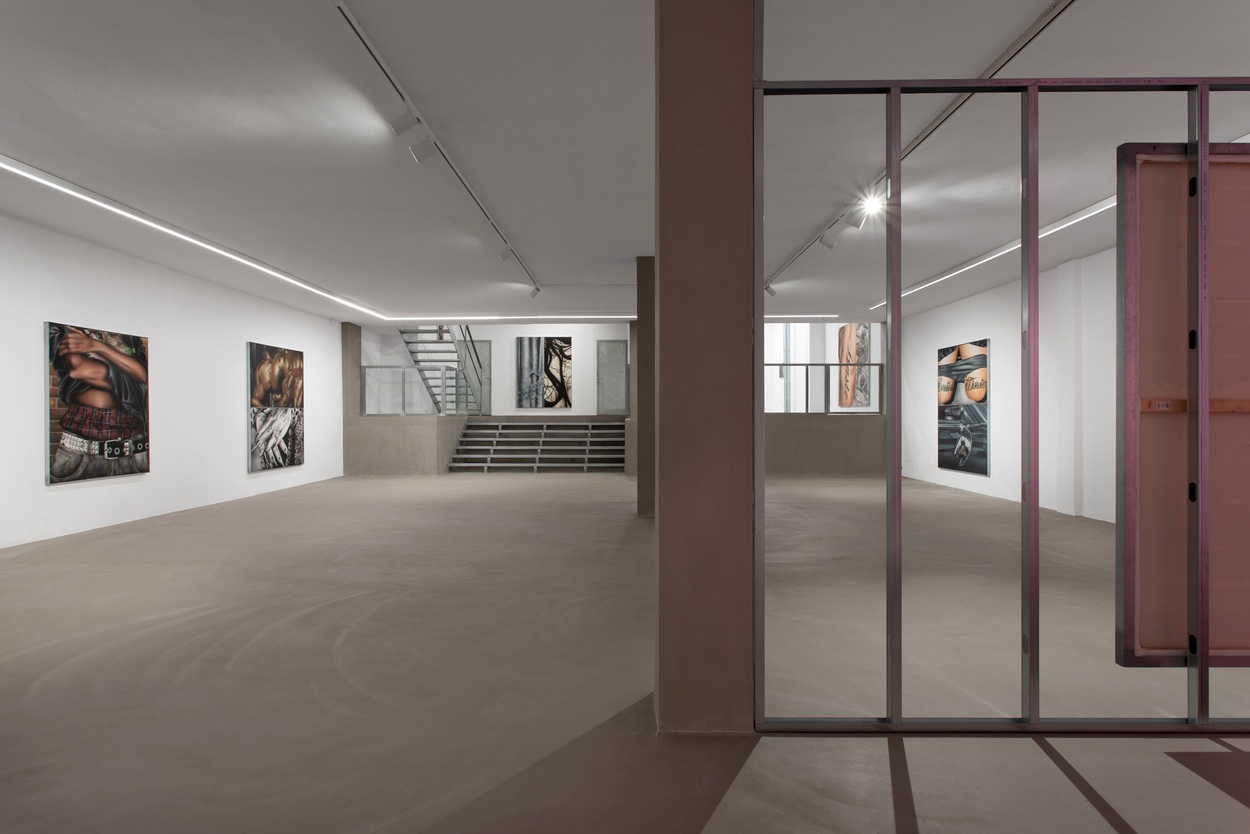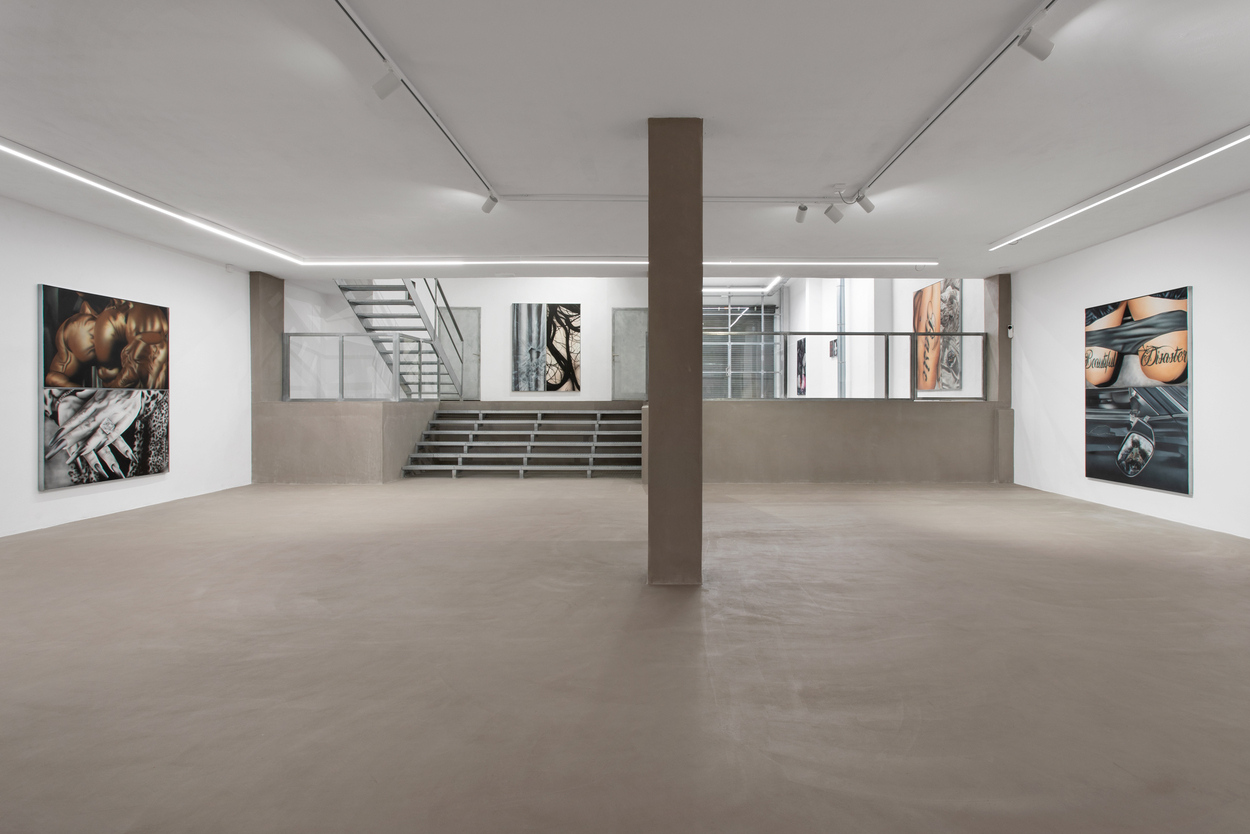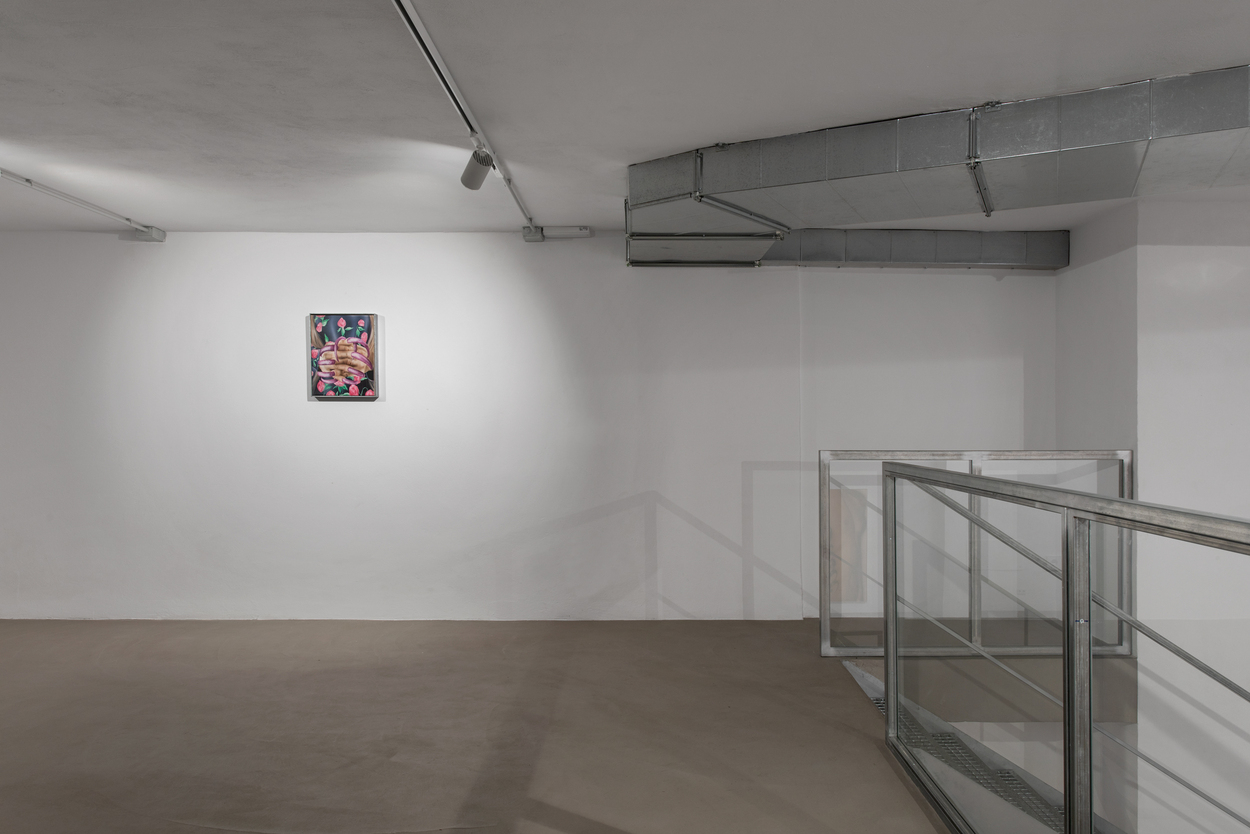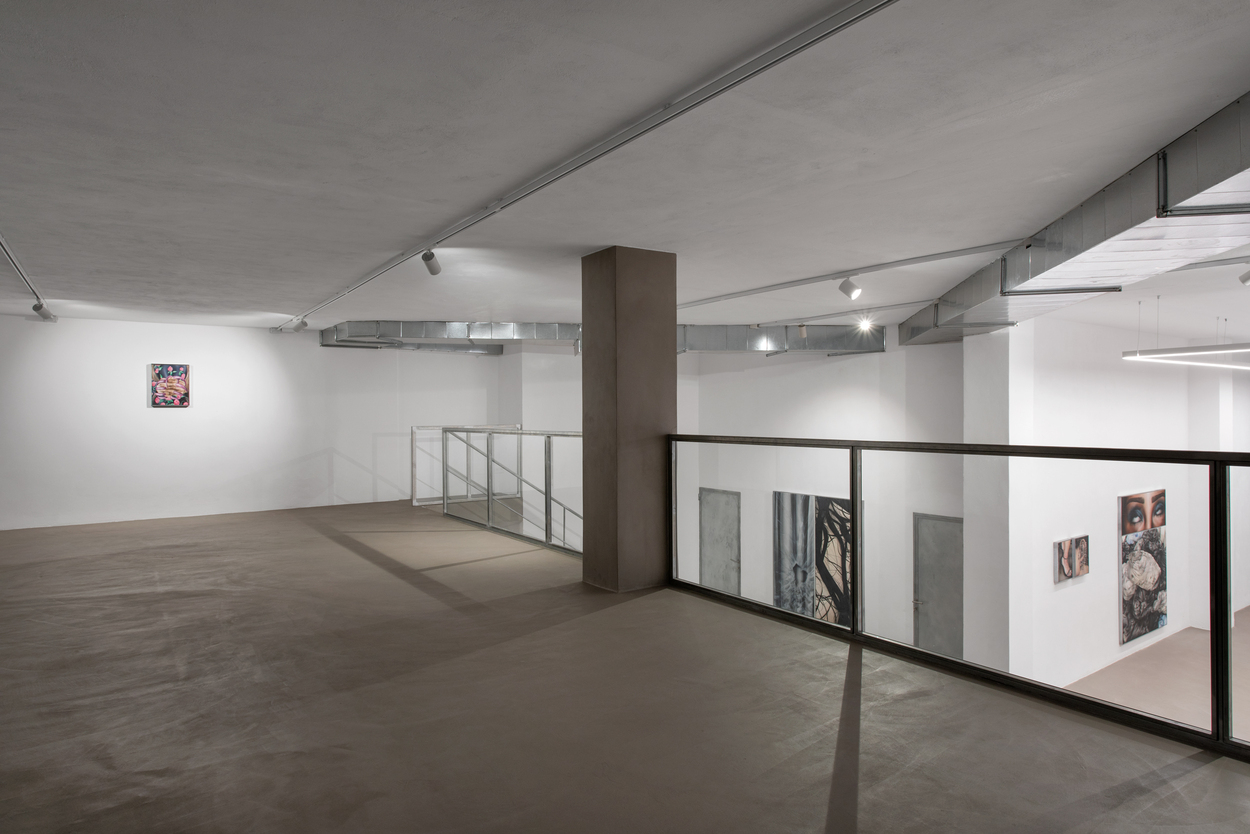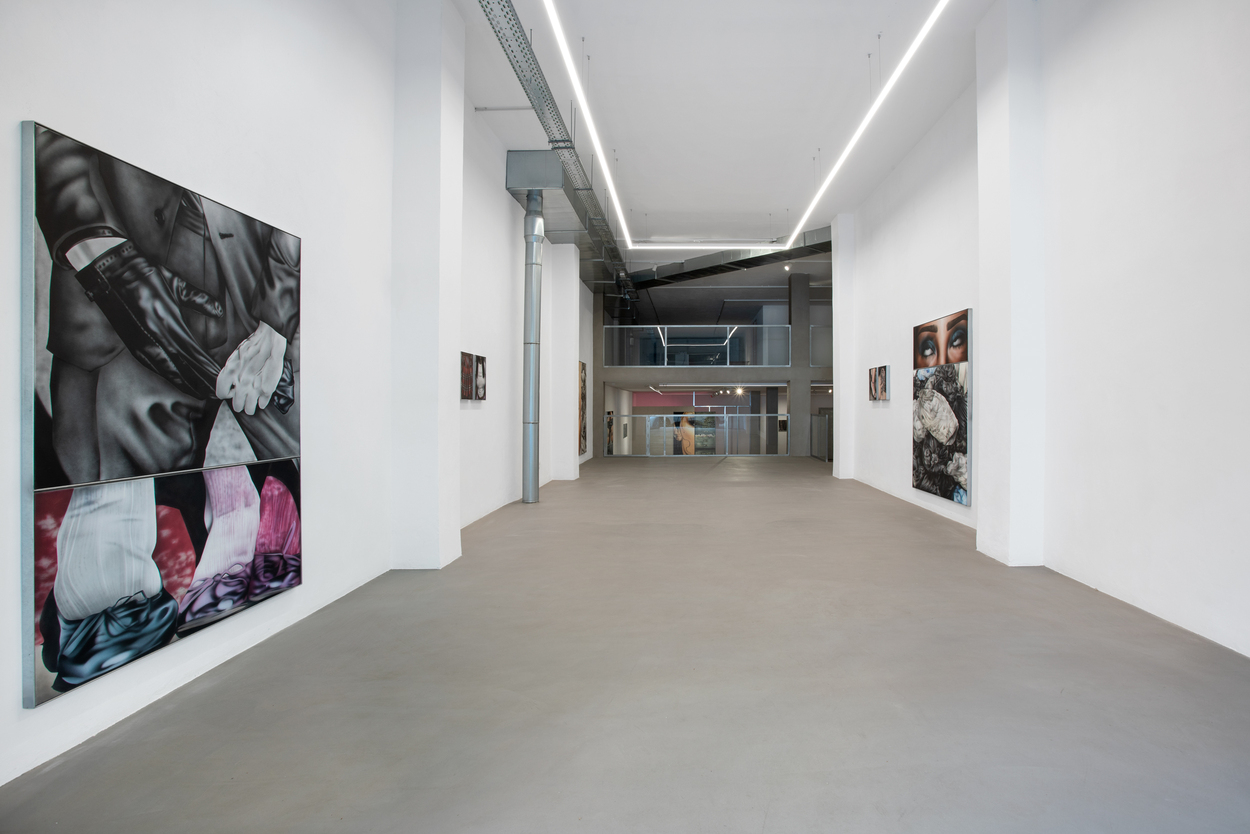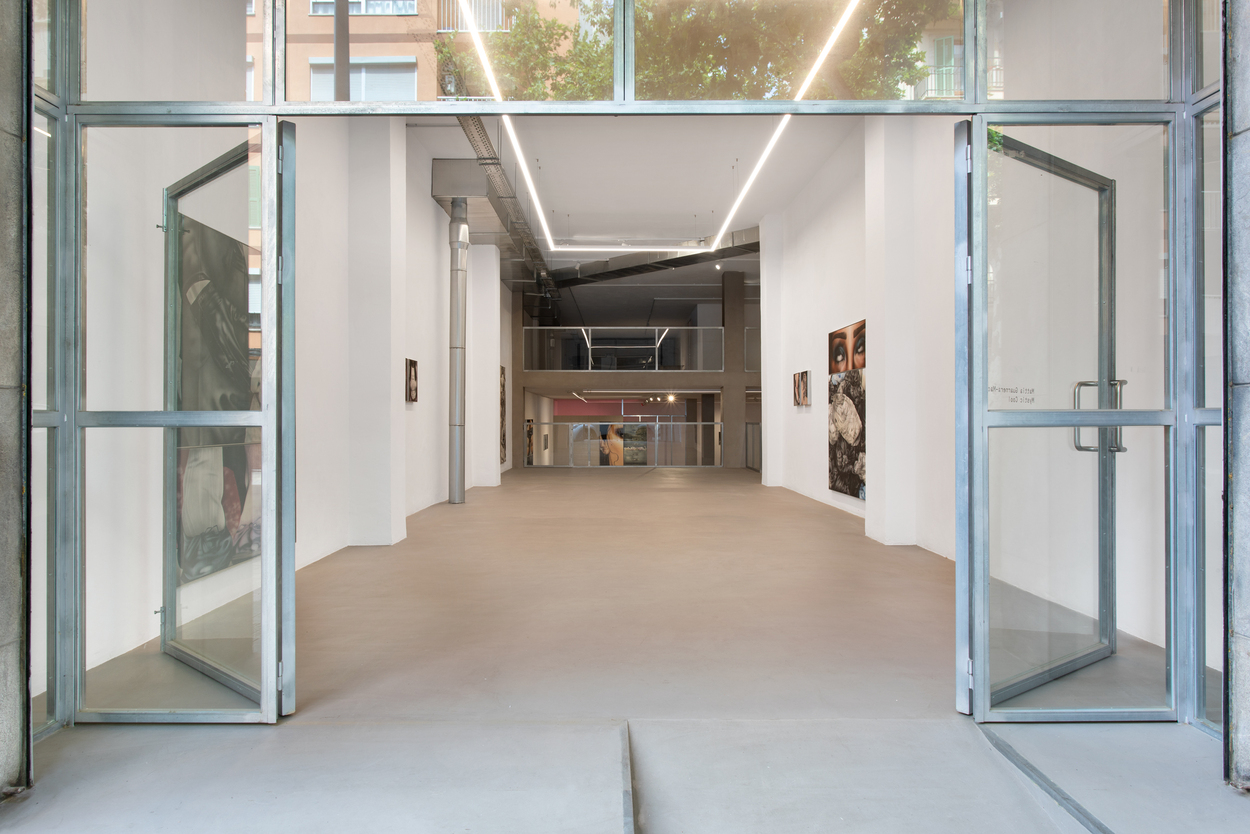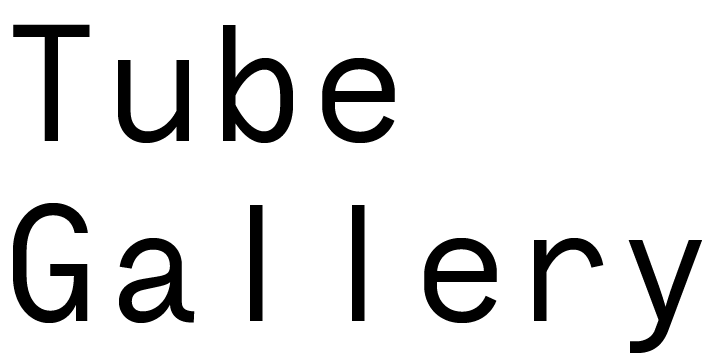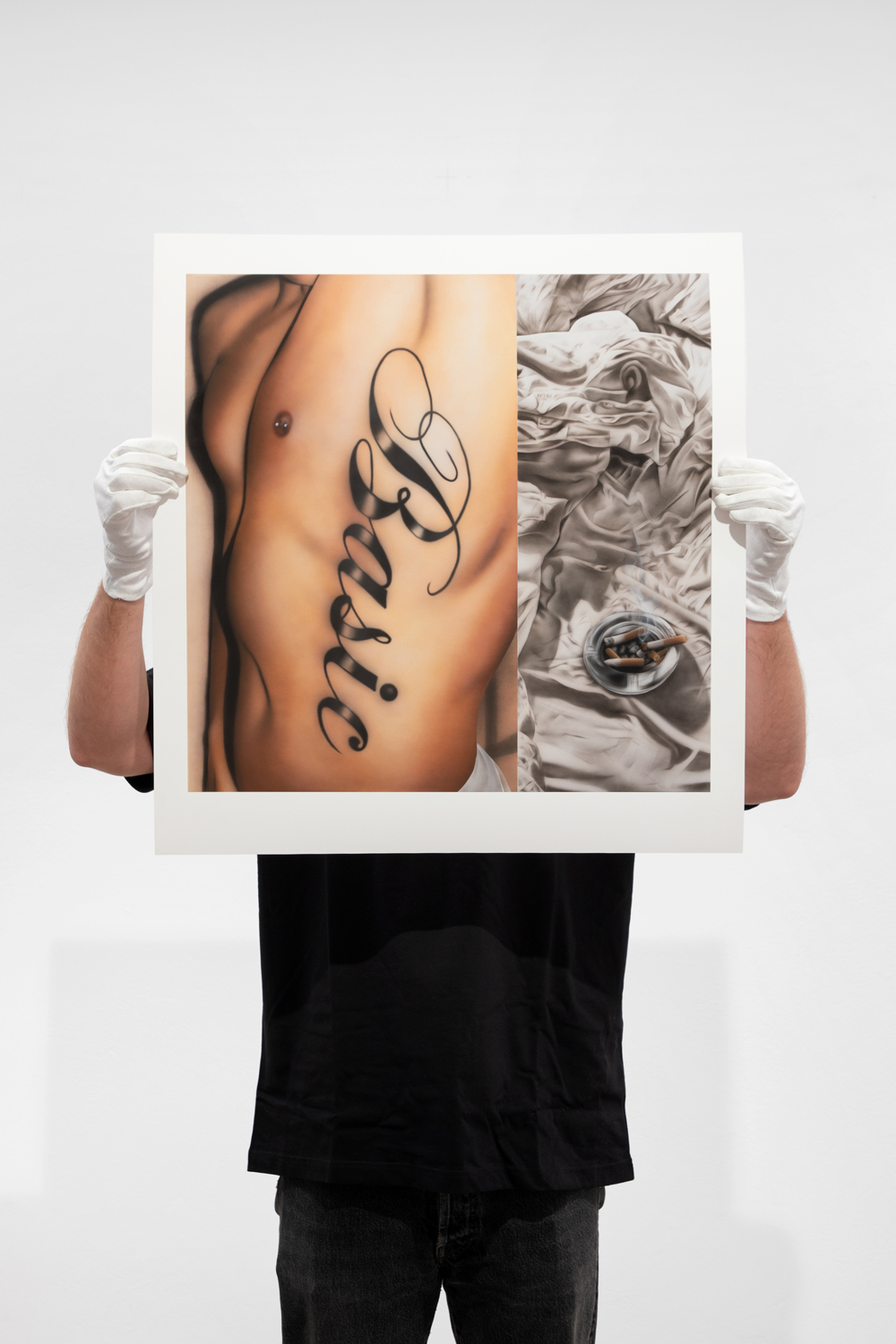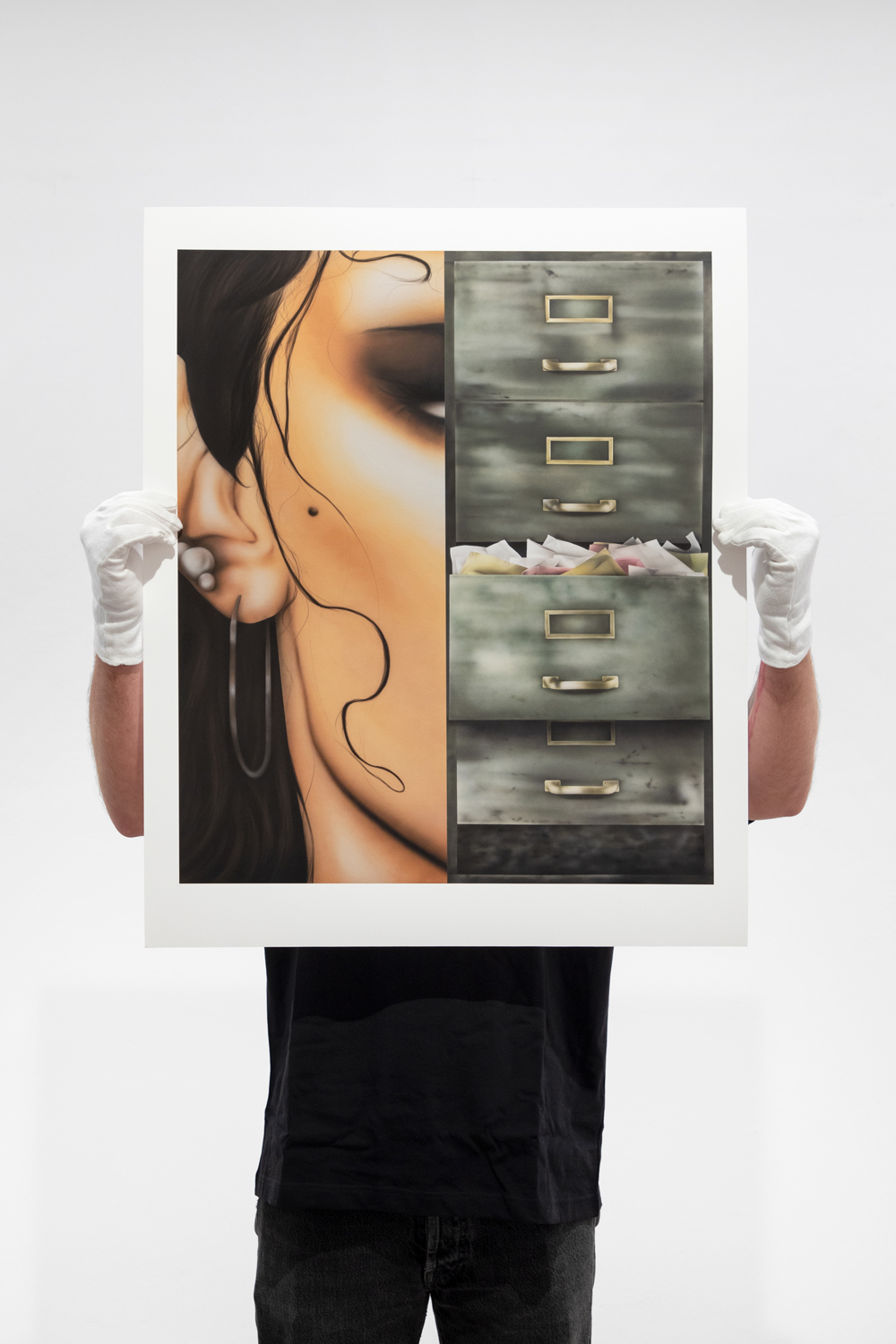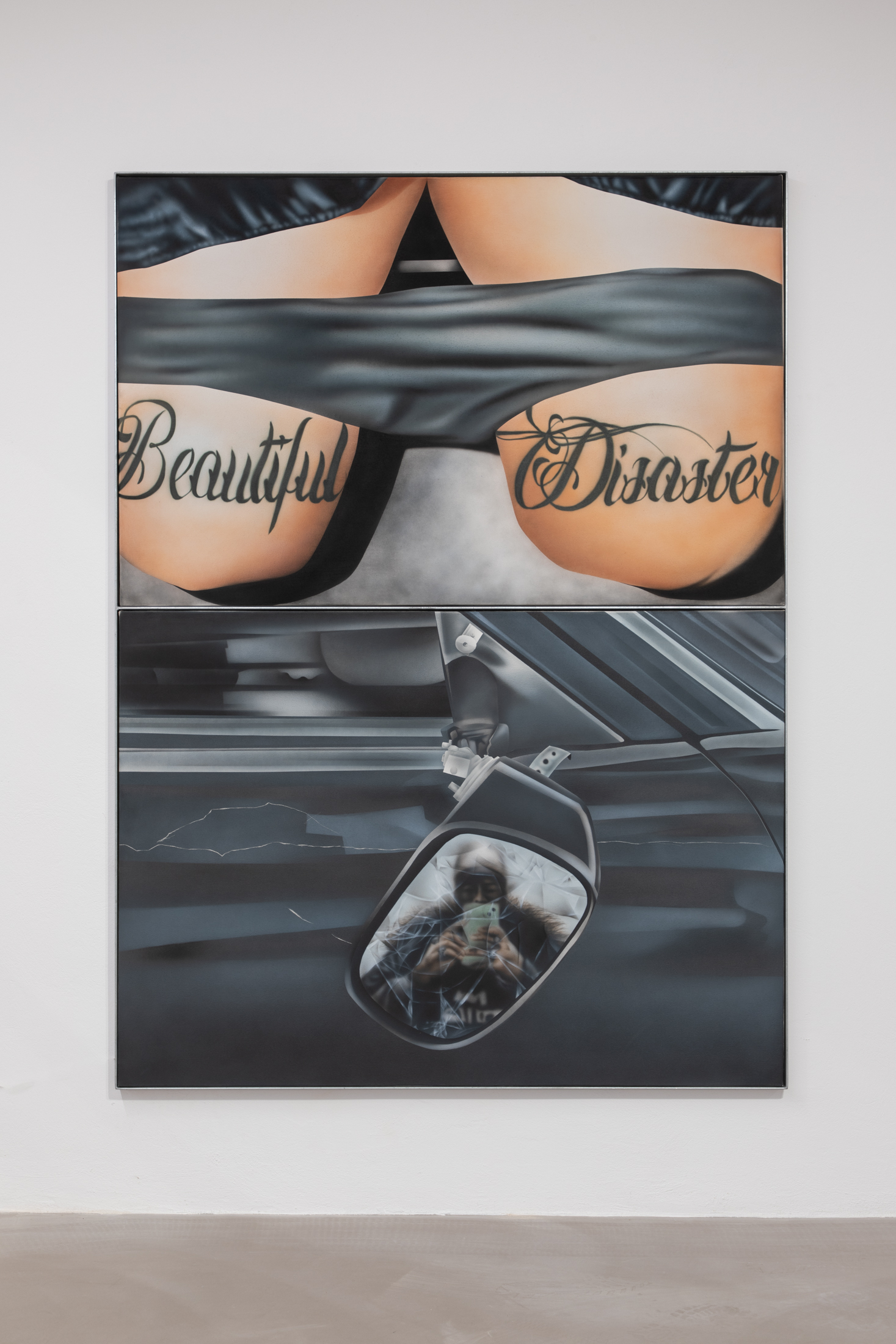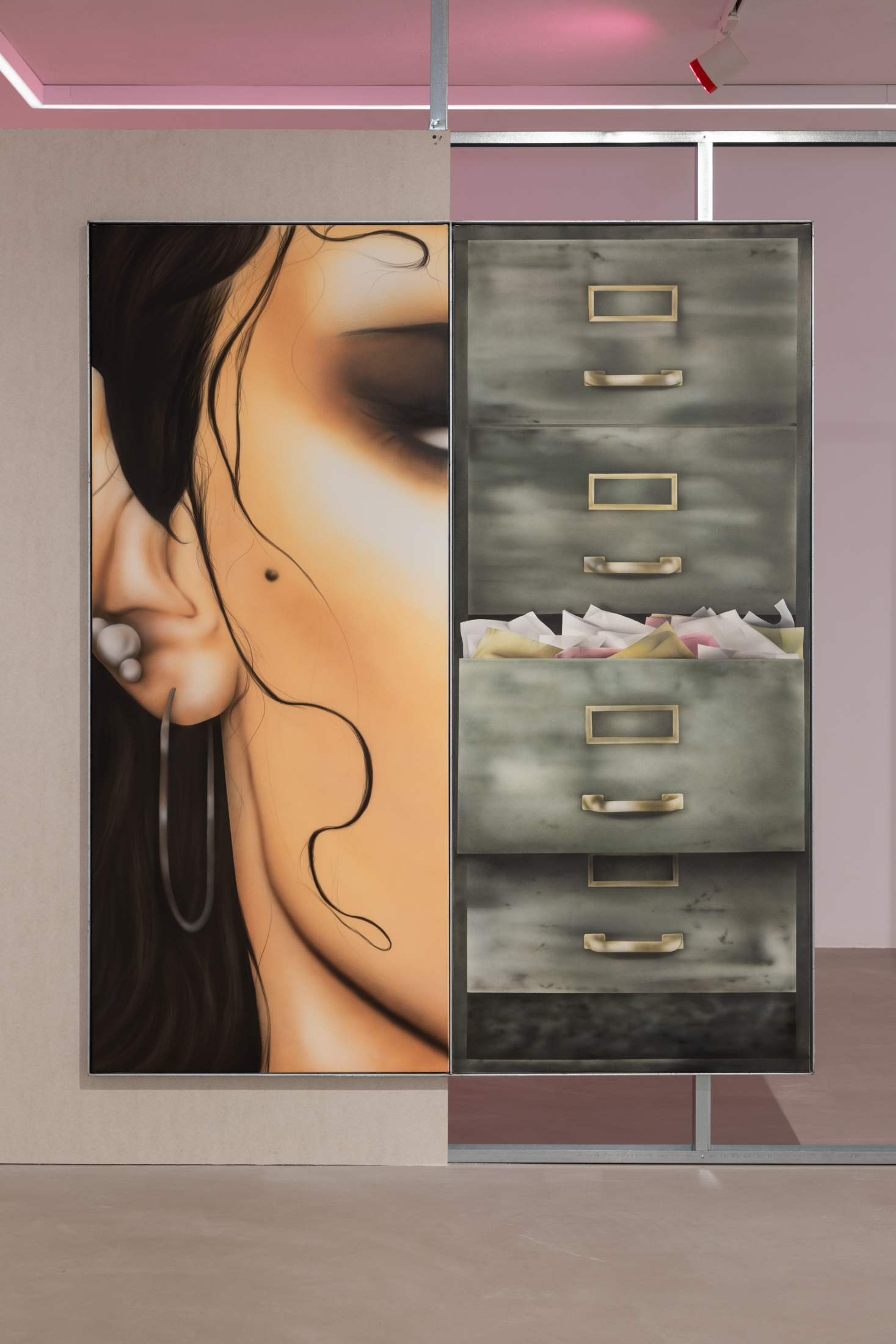It is well known the impact that the development of photography had on the history of painting. For the first time, images were captured with light, directly from reality, and with a notable degree of realism… With the democratization of photography, this impact only grew. With the arrival of integrated cameras and social media, we now consume more images than ever before. We do so eagerly, quickly, with hardly any time for digestion between one image and the next.
So, what sense does it make to paint from a photograph or reproduce a photographic image in painting? To begin with, if photography deals with light, painting constantly deals with matter. In this exercise of translation – from light color to material color – many things happen. It is a process of reflection, grappling with the limits of one’s own technique. Mattia’s work sits at this intersection, in the space of translation as learning. To better understand the world around him, he portrays what he sees, like a visual diary, translating photographic images into paintings and engaging in an intuitive and experimental process that involves color, surface, technique. In this proliferation of images in which we are immersed, painting recovers and recreates a slow time. It is this type of time that can be found in the exhibition.
Upon entering the gallery, we find a series of paintings produced between Mallorca and London. Occasionally, two distinct images coexist within the same painting, decisively framed with a metallic frame. For example, on a raw drywall structure hangs the painting “Declassified” (2024), in which part of a face coexists with the disordered drawers of an old file cabinet. Just as the painting is divided in two, this structure divides the gallery space and creates a small corridor illuminated with a reddish light.
Upon passing through it, we come face to face with the small painting “In Alignment” (2024), which shows an open mouth with braces on the teeth. In fact, the paintings in the exhibition show a diversity of moments between these two extremes: being declassified and out of place, or being aligned with oneself and one’s context, reaffirming that sense of belonging through aesthetic statements. In this sense, the exhibition seeks to explore the intersecting forces of coolness as a visual language, inviting viewers to contemplate its complexities and its profound impact on the human experience.
In addition to this ongoing exploration of the image and the dialogues that two images from different sources can generate with each other, in recent years the artist has investigated the concept of coolness.
Relating it both to his own ethnic origins and to the motifs chosen in his paintings: scenes that speak to us of the streets, aesthetic statements, and objects full of symbolism. In his own words: “I view coolness as a force, an energy an aura which I innately always gravitated towards. Perhaps it was the stoic nature of my late Ghanaian father. Or the expressiveness of my Sicilian mother. But undoubtably this cultural juxtaposition together with the diversity of my lived experience of growing up in London, forced me to develop a profound sense of duality. I have always navigated between polarities, finding solace and fascination in the delicate balance between opposing forces. This exhibition serves as a manifestation of that balance, a celebration of the liminal spaces where contradictions converge.”
Perhaps coolness is precisely that ability to navigate one’s own contradictions, creating a unique presence, much like how two images from different origins can come together to form one. The result of these opposing forces calling out to each other in the exhibition, are irreverent paintings with a metallic flavor.
Tube Gallery, Palma, 2024.
